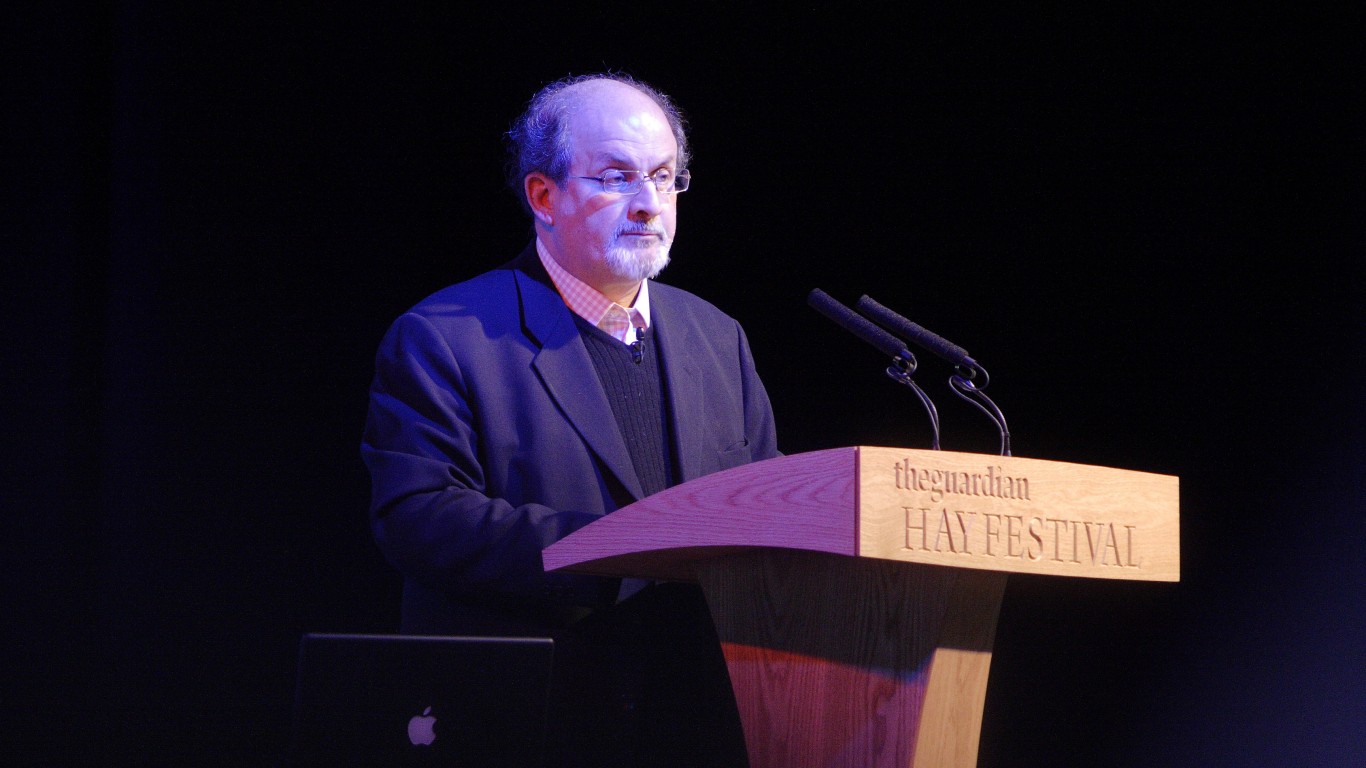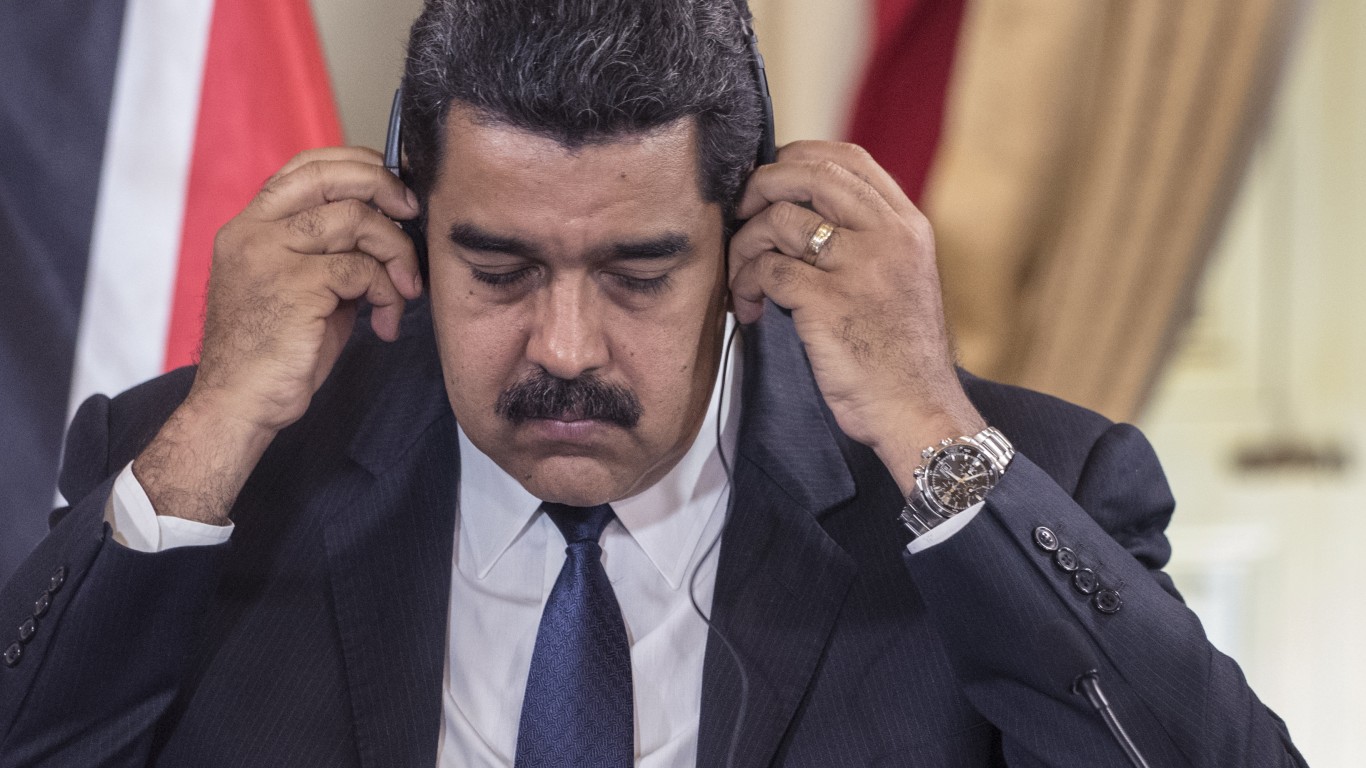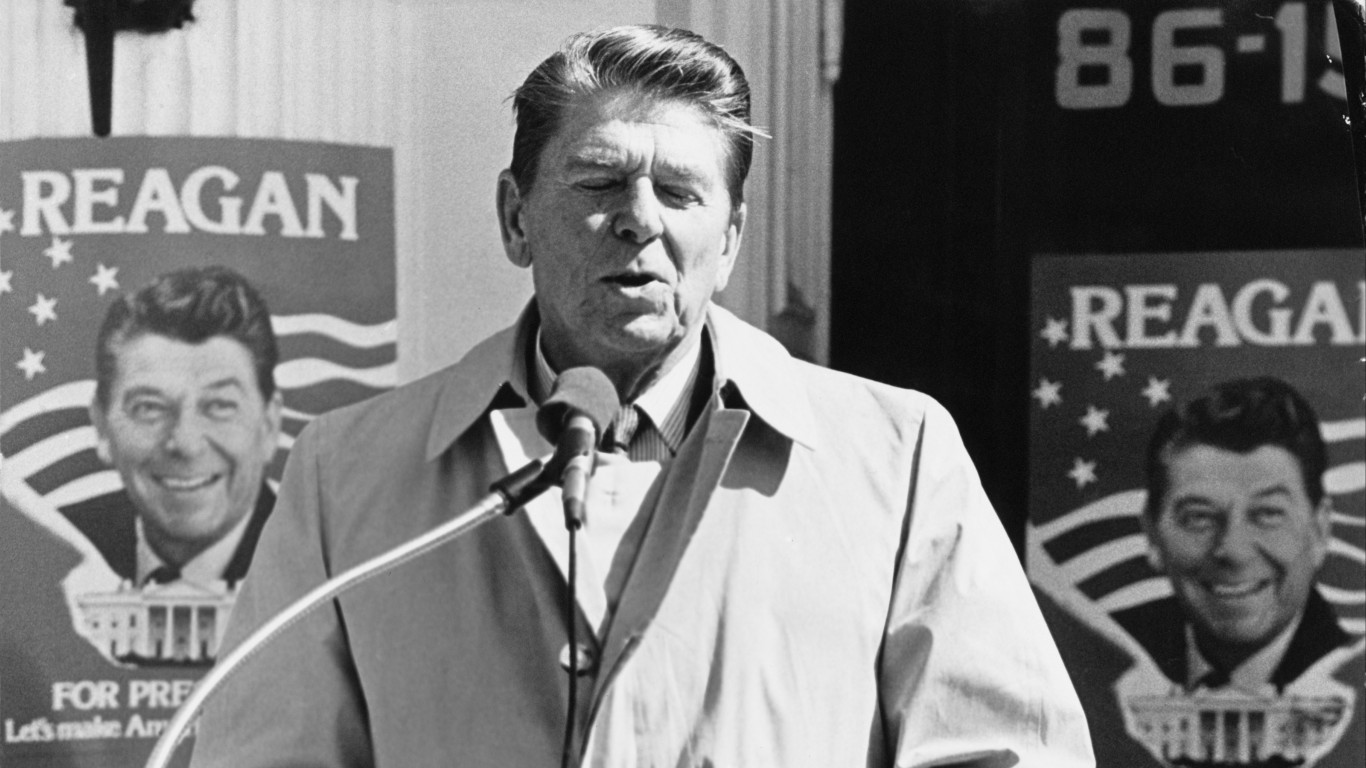
We know that successful assassinations have altered history’s trajectory. One can only wonder how different the world might have been had some failed assassinations, such as the attempt on Adolf Hitler in 1944 during World War II, had been successful. These are 24 assassinations that changed the course of history.
Because failed assassinations might have been as consequential as those that were carried out, 24/7 Tempo has created a list of the most famous failed assassinations. We compiled our list from resources such as History Collection and media reports from sources such as The New York Times and the BBC.
The act of assassination, the killing of a notable person for political, religious, or monetary motivations, goes back hundreds of years. The term assassin is derived from the Arabic phrase hashīshīn or “hashish users,” a fanatical Muslim sect that murdered the leaders of rivals during the Crusades while under the the influence of hashish.
Many historical figures of consequence, from at least the time of Julius Caesar, have been targeted for assassination by opposition groups, terror organizations, disillusioned individuals, or mentally unstable people. It wasn’t until the advent of guns and gunpowder in the Middle Ages that the method of attack became more deadly. Monarchs such as England’s James I and Napoleon were the targets of gunpowder and bomb assassination attempts.
American presidents and presidents-elect have been the targets of assassins since at least the presidency of Andrew Jackson in the early 19th century. As democratically elected heads of state, American presidents try to make themselves available to the public, thus exposing themselves to their enemies. Here are the most surprising facts about every American president.
Click here to see the most famous failed assassinations
Click here to read our detailed findings and methodology
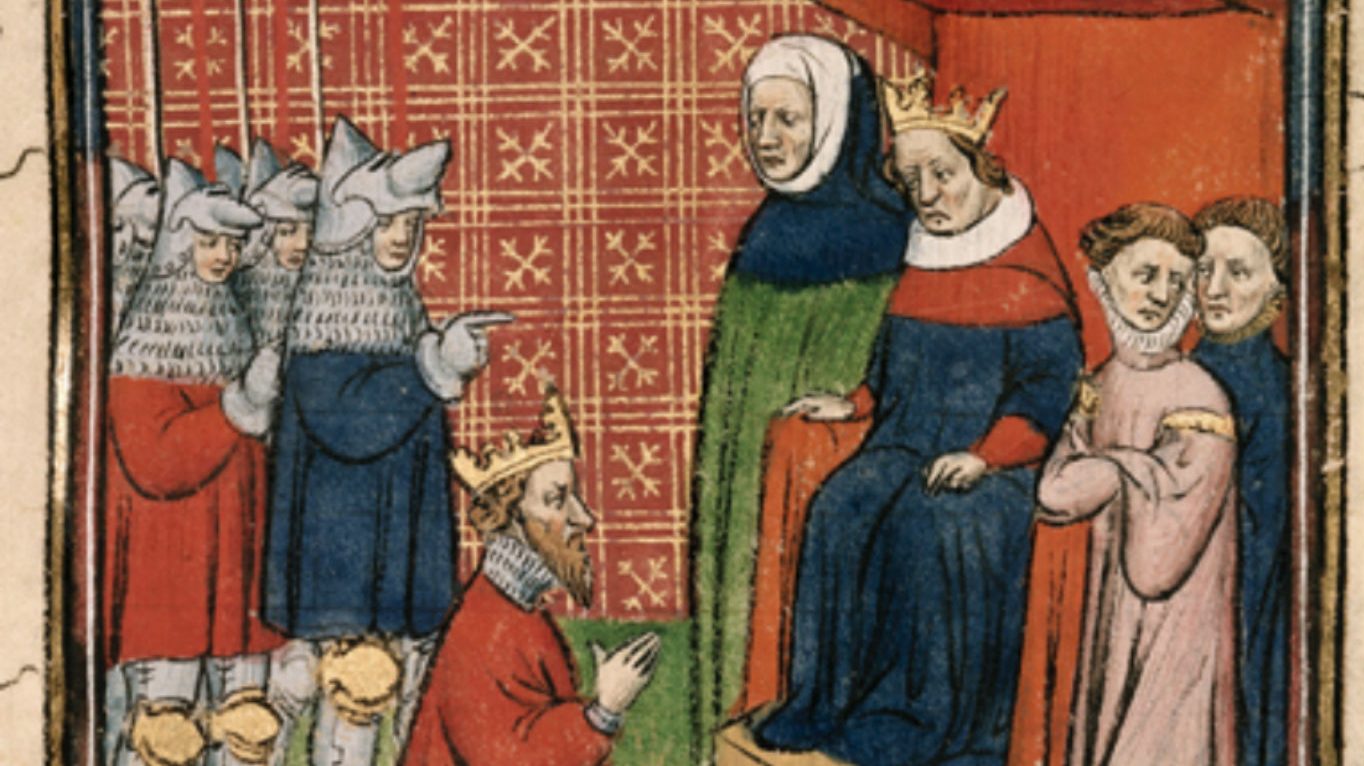
1. Edward Longshanks, king of England
> Date: June 1272
> Location: Jerusalem
> Method of attack: Dagger
> Attacker: Unknown
Edward Longshanks, the king of England also known as Edward I, was one of the leaders of the Crusades during the 13th century. Longshanks opposed a peace treaty forged between the Christian and Muslim forces in the Middle East in 1272. In June of that year, he was attacked by a Muslim assassin with a knife that had apparently been dipped with poison. The monarch was wounded in the attack but survived it.
[in-text-ad]
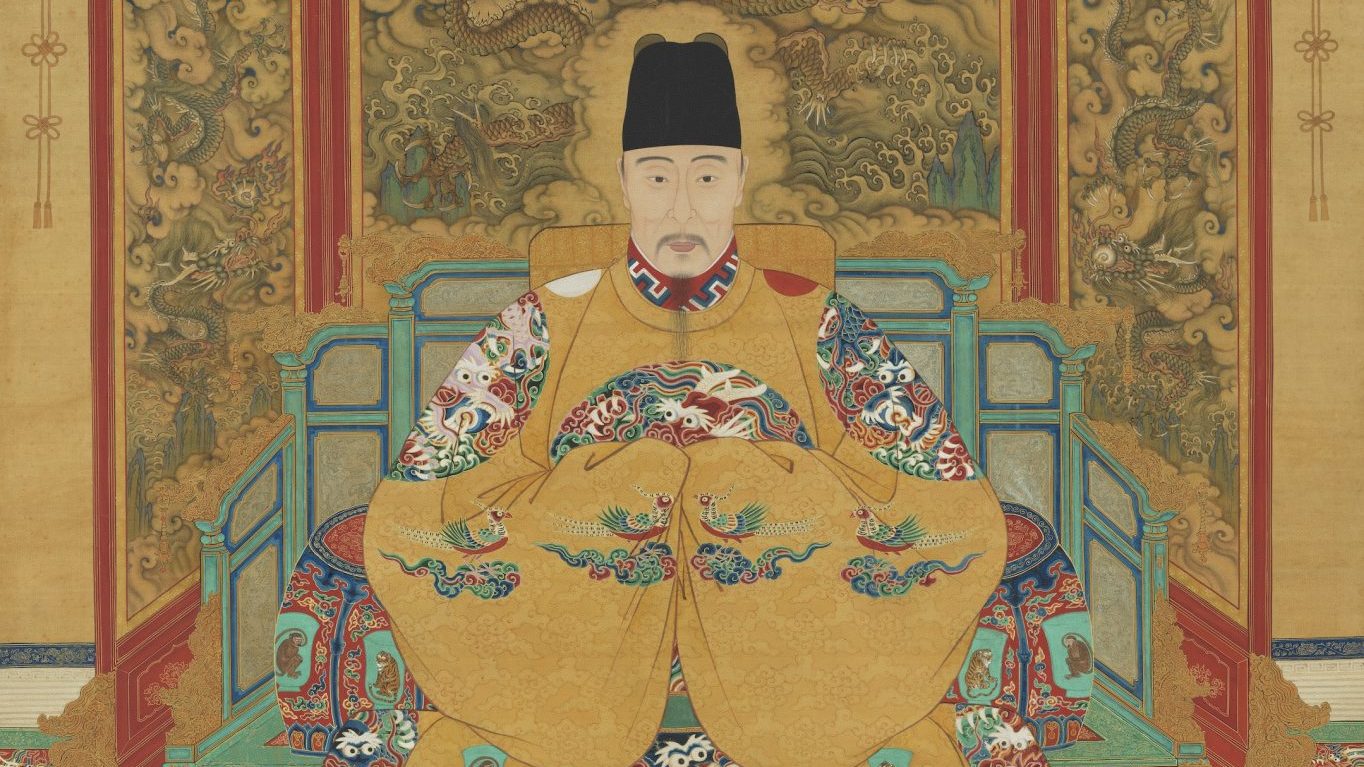
2. Zhu Houcong, emperor of China
> Date: October 1542
> Location: Nanjing, China
> Method of attack: Strangulation
> Attacker: Imperial concubines
Zhu Houcong, a Chinese emperor also known as Jiajing, was infamous for his brutal treatment of his concubines. By October 1542, they had had enough and hatched a plot to kill the emperor. The concubines pinned down the monarch while one of them tried to strangle him with hair ribbons and a silk curtain cord. However, they failed to finish him off. During the ordeal, one of the concubines panicked and reported the attack to the emperor’s wife. Her retribution was swift and brutal, slicing to death the conspirators. After the attack, the emperor retreated into isolation in the Forbidden City.
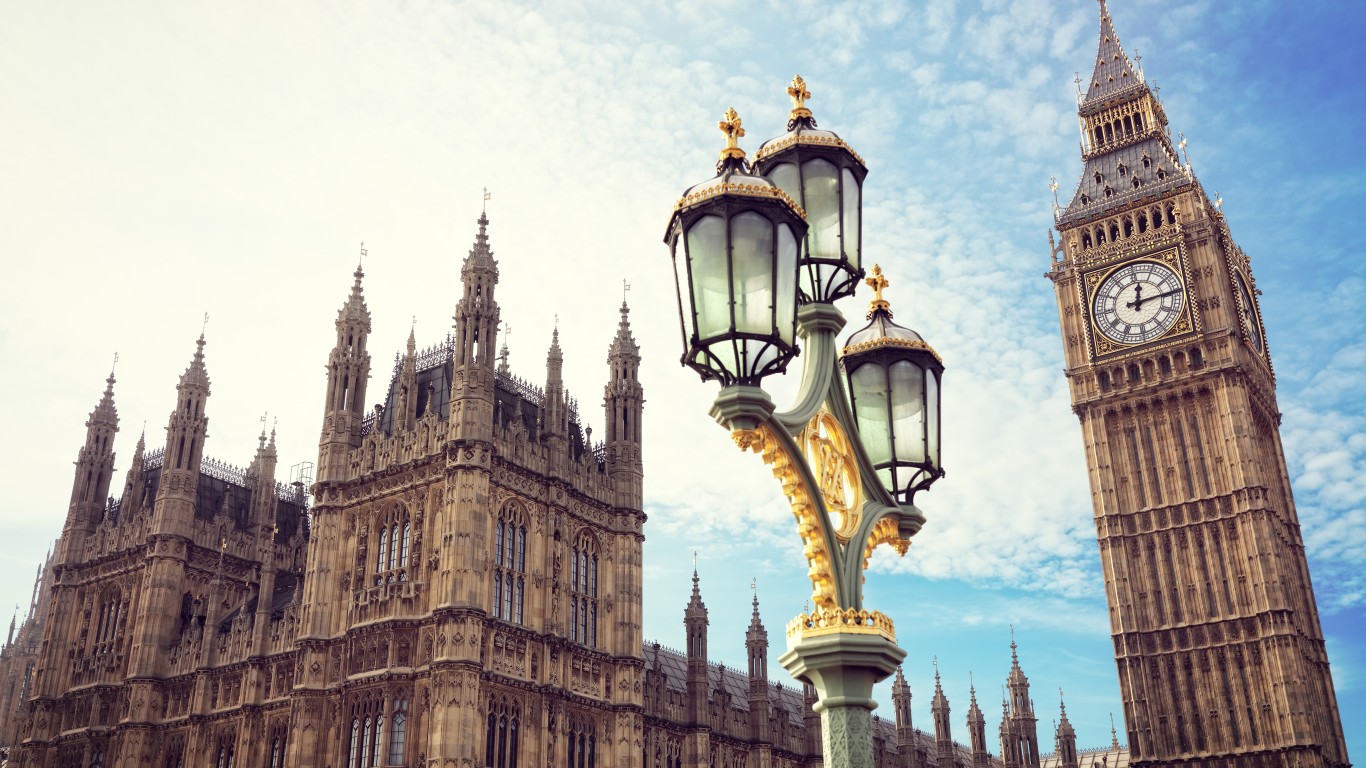
3. Houses of Parliament
> Date: Nov. 5, 1605
> Location: Westminster, England
> Method of attack: Gunpowder
> Attacker: Guy Fawkes
The Gunpowder Plot was concocted by Catholic conspirators in England to blow up the houses of Parliament as well as King James I and members of the royal family. The plot was thwarted by police who had received an anonymous letter warning of the scheme. One of the conspirators was a man named Guy Fawkes, who was guarding the gunpowder when security arrived to break up the planned attack. Every Nov. 5, people commemorate the foiling of the plot by lighting bonfires and setting off fireworks, and children carry effigies of Guy Fawkes and ask people for a “penny for the Guy.”
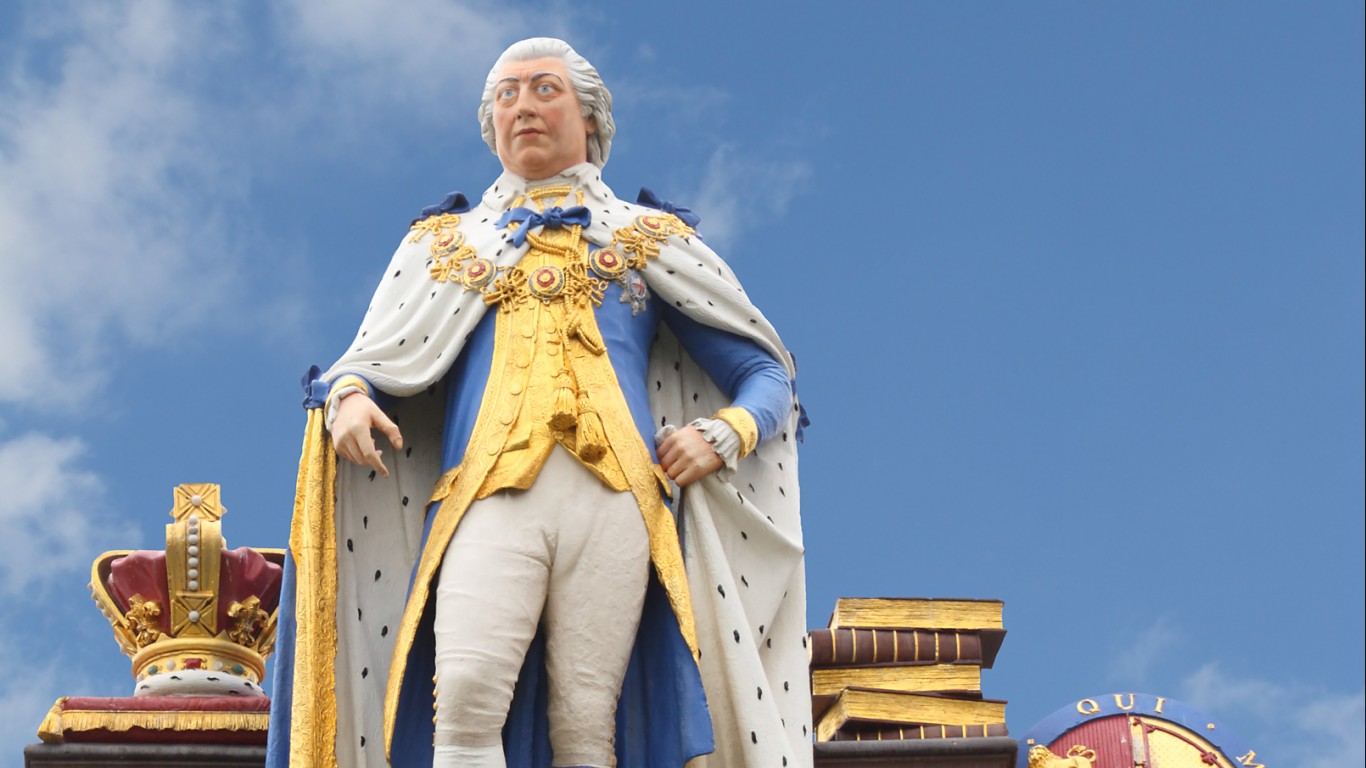
4. George III, king of United Kingdom
> Date: May 15, 1800
> Location: Westminster, England
> Method of attack: Gun
> Attacker: James Hadfield
George III, the leader of the United Kingdom during the American Revolution, was the target of an assassination attempt. The monarch was attending a performance at the Theatre Royal in Westminster, England, when James Hadfield shot and missed him. Hadfield was apprehended and tried for high treason. However, he was not executed but was acquitted by reason of insanity. Hadfield would live another 41 years after the attempt on George III’s life.
[in-text-ad-2]
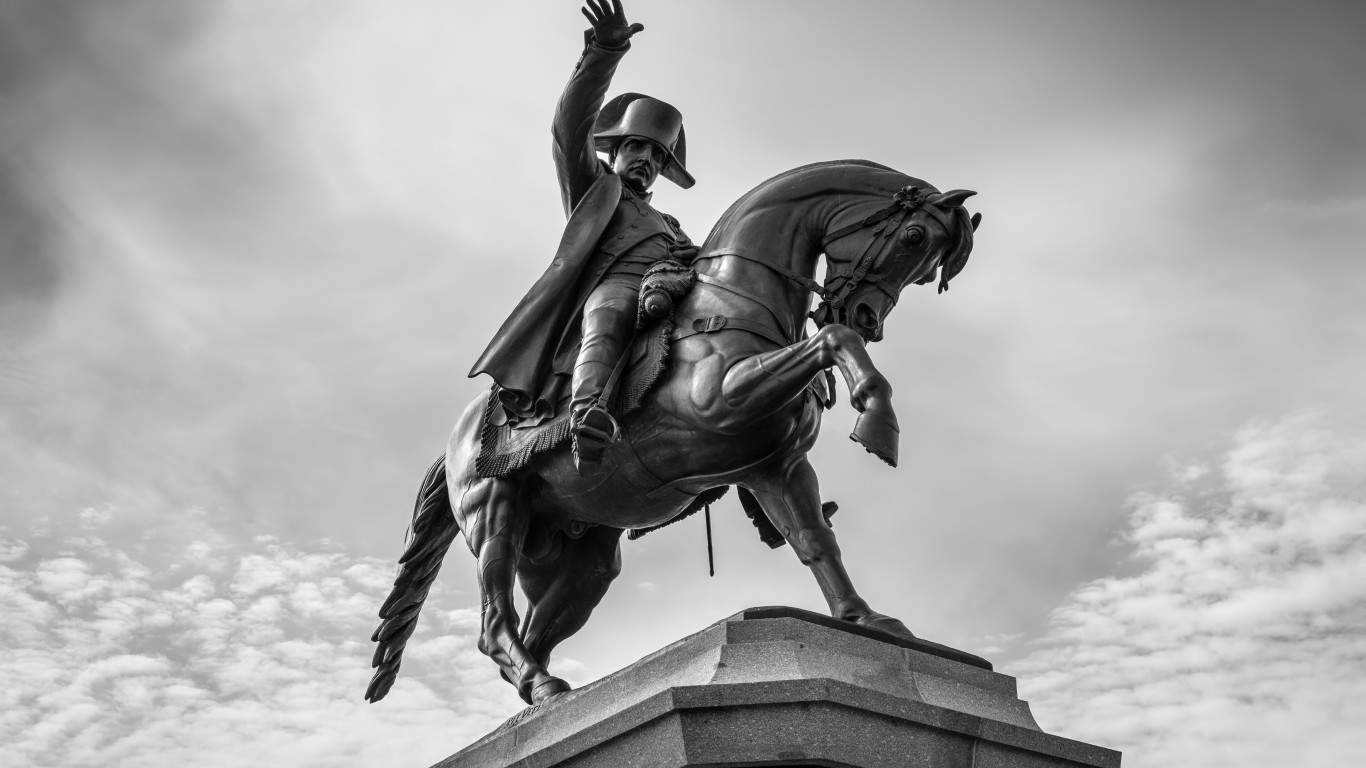
5. Napoleon, first consul of France
> Date: Dec. 24, 1800
> Location: Paris
> Method of attack: Bomb
> Attacker: Royalist opponents
Napoleon was in his first year as first consul of France in 1800 as he sought to restore stability after the chaos of the French Revolution and there were various plots to assassinate him. Among Napoleon’s foes were royalists who wanted to re-establish the Bourbon dynasty, and it was they who hatched a plot to blow up Napoleon on Christmas Eve, 1800. Napoleon was due to attend a concert at a theater in Paris when the conspirators mistimed igniting a bomb that was stored in a wine barrel. The ensuing blast killed bystanders but Napoleon was unscathed.
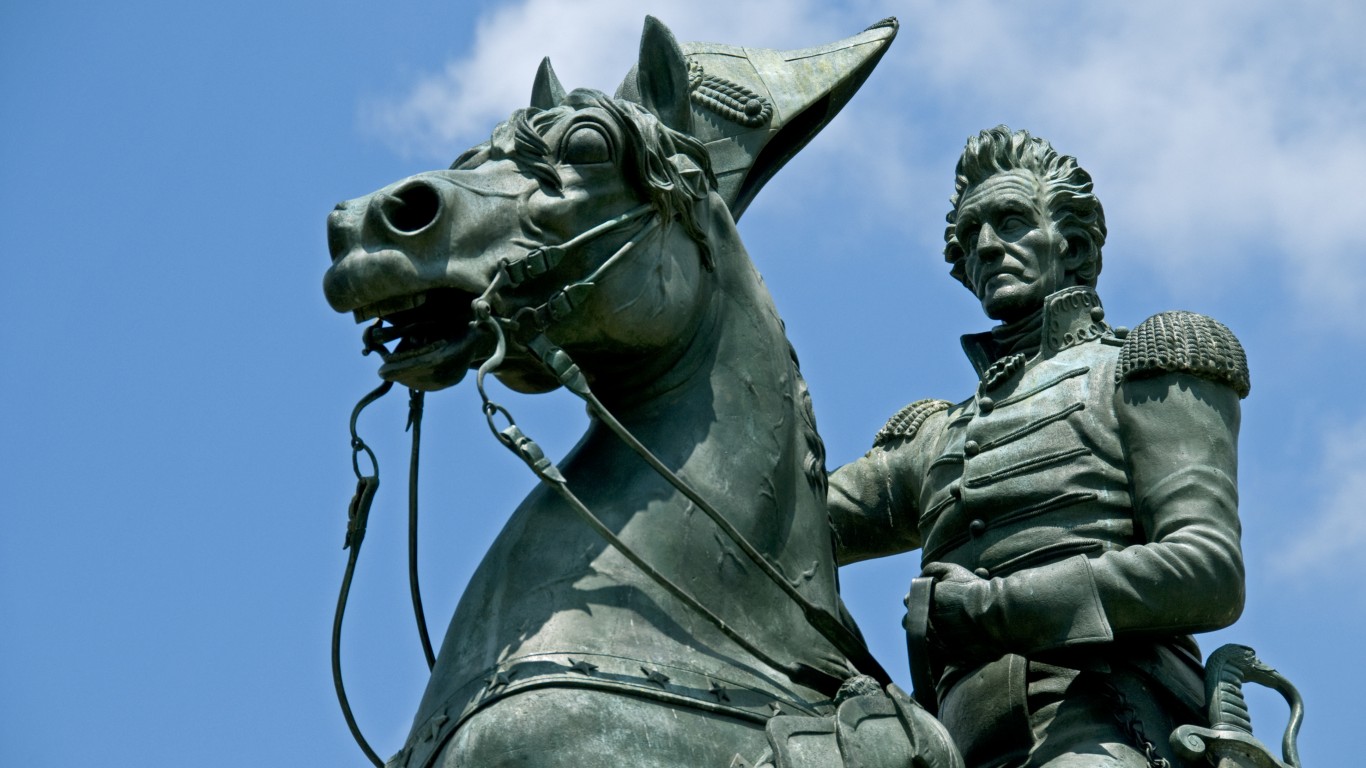
6. Andrew Jackson, president of the United States
> Date: Jan. 30, 1835
> Location: Washington, D.C.
> Method of attack: Gun
> Attacker: Richard Lawrence
Andrew Jackson survived wars with the British, Spanish, and Native Americans as well as a few duels. He also survived an assassination attempt while serving as the seventh president of the United States. Jackson was attending the funeral of a congressman from South Carolina when Richard Lawrence, an immigrant from England stepped toward him and pulled the trigger on two pistols at the 67-year-old chief executive. Both misfired and Jackson subdued the assailant with his cane. Lawrence was institutionalized after it was determined he was insane.
[in-text-ad]
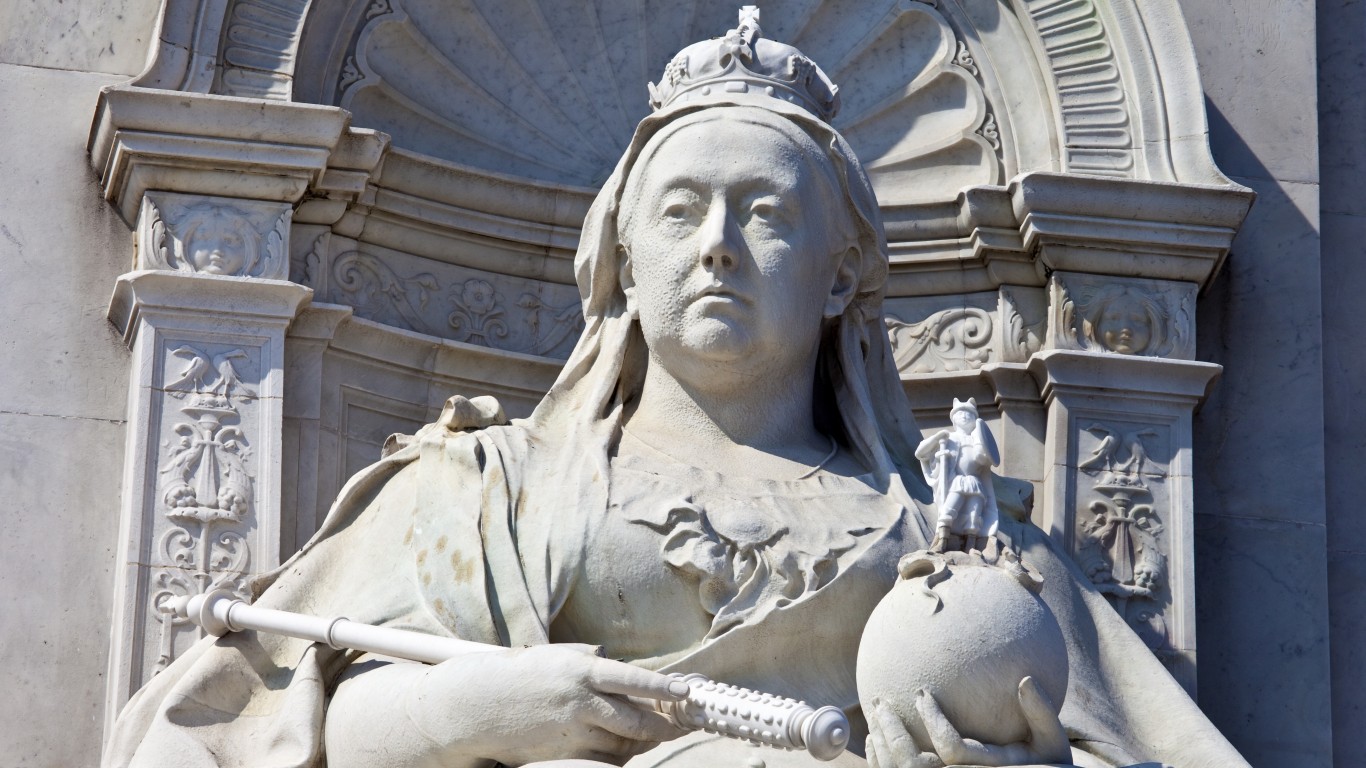
7. Victoria, queen of the United Kingdom
> Date: March 2, 1882
> Location: Windsor, England
> Method of attack: Gun
> Attacker: Roderick MacLean
Queen Victoria, who reigned the United Kingdom for 63 years, was the target of a few assassination attempts. In 1882, Roderick MacLean, a native of Scotland, took umbrage at the fact that the monarch did not appreciate his poems and shot at her while she was sitting in her carriage. MacLean was arrested and tried for high treason but was acquitted for reasons of insanity and spent the rest of his life in an asylum.
8. Henry Clay Frick, American industrialist
> Date: July 23, 1892
> Location: Pittsburgh
> Method of attack: Gun, knife
> Attacker: Alexander Berkman
Industrialist Henry Clay Frick gained a well-deserved reputation for hostility toward unions. A partner with steel magnate Andrew Carnegie, Frick antagonized labor by slashing wages at Carnegie’s Homestead plant in 1892. Frick’s antipathy toward the working class angered Alexander Berkman, a Russian immigrant who decided to kill Frick. He fired three shots at the businessman at his office in Pittsburgh, two of which hit Frick in the neck. As Frick’s aides struggled to subdue the attacker, Berkman produced a knife and stabbed Frick in the leg. Frick survived his wounds and the episode and the industrialist won sympathy from the public.
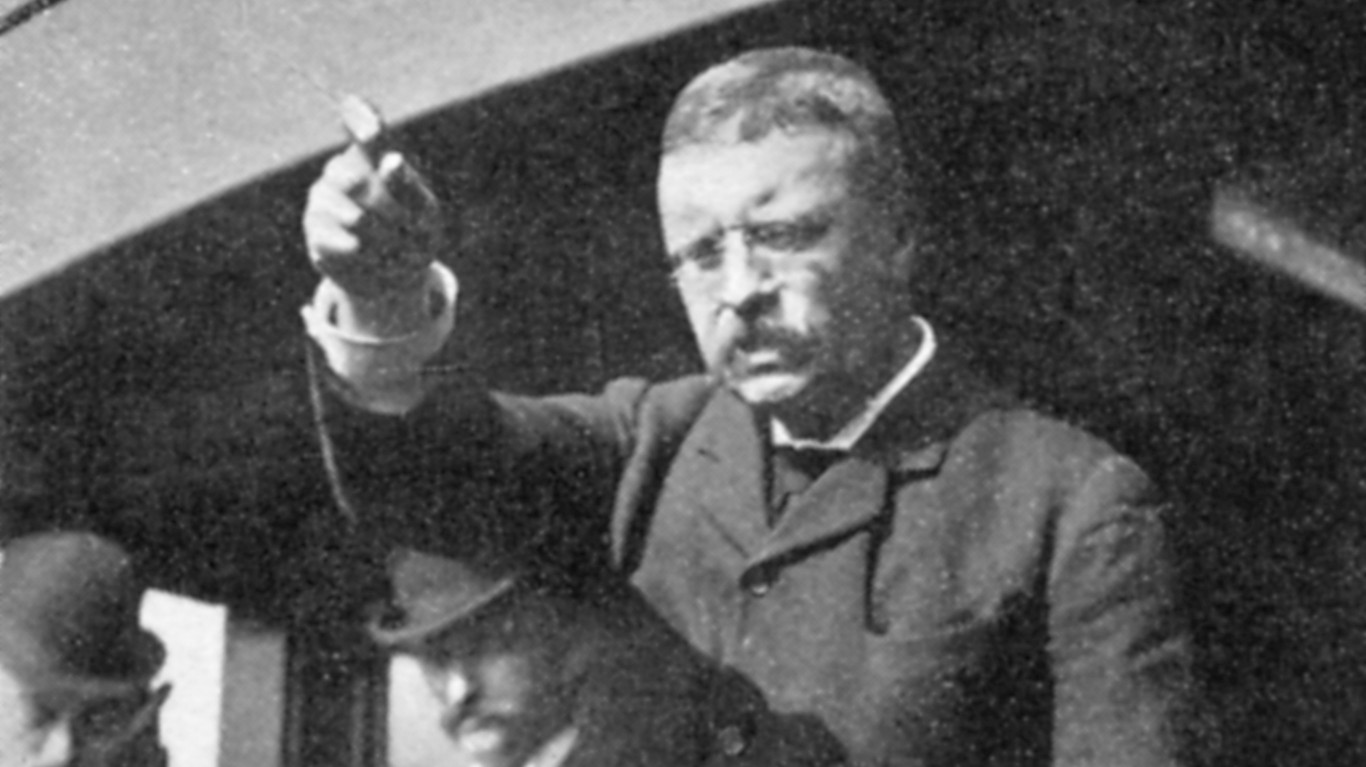
9. Theodore Roosevelt, U.S. presidential candidate
> Date: Oct. 14, 1912
> Location: Milwaukee, Wisconsin
> Method of attack: Gun
> Attacker: John Flammang Schrank
Theodore Roosevelt had already been president for two terms, but by 1912, he was disappointed with the direction of the Republican Party under the leadership of President William Howard Taft. Unable to secure the GOP nomination, the 53-year-old Roosevelt ran under the Progressive Party, or Bull Moose Party, banner. While campaigning in Milwaukee, he was shot in the chest by bartender John Flammang Schrank. Roosevelt’s 50-page speech tucked in his jacket helped save his life, and he delivered that speech right after the assassination attempt. Roosevelt’s third-party campaign divided Republicans and allowed Democrat Woodrow Wilson to win the presidency. Assailant Schrank was determined to be insane and placed in an institution until his death in 1943.
[in-text-ad-2]
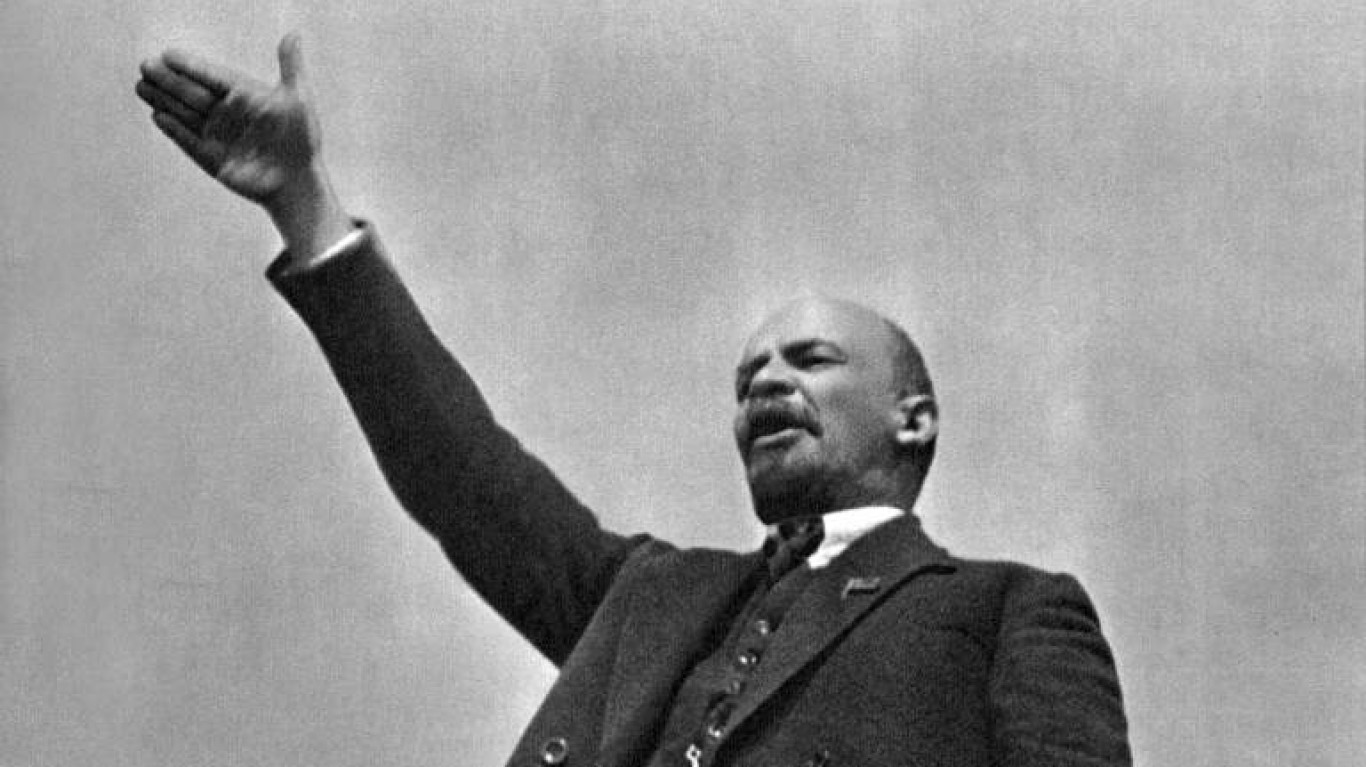
10. Vladimir Lenin, leader of the Soviet Union
> Date: Aug. 30, 1918
> Location: Moscow, Soviet Union
> Method of attack: Gun
> Attacker: Fanya Kaplan
Vladimir Lenin was consolidating power in the newly formed Soviet Union when he was attacked by Fanya Kaplan in 1918. Lenin was making a speech at a factory in Moscow when Kaplan shot the Soviet leader. Lenin survived the attack though historians believe it led to a decline in his health culminating in a stroke that killed him in 1924. Kaplan, a member of the Socialist Revolutionaries, said she shot Lenin because he had betrayed the Russian Revolution. She was eventually executed. The attack on Lenin unleashed what became known as the Red Terror during which the Bolsheviks persecuted their rivals.
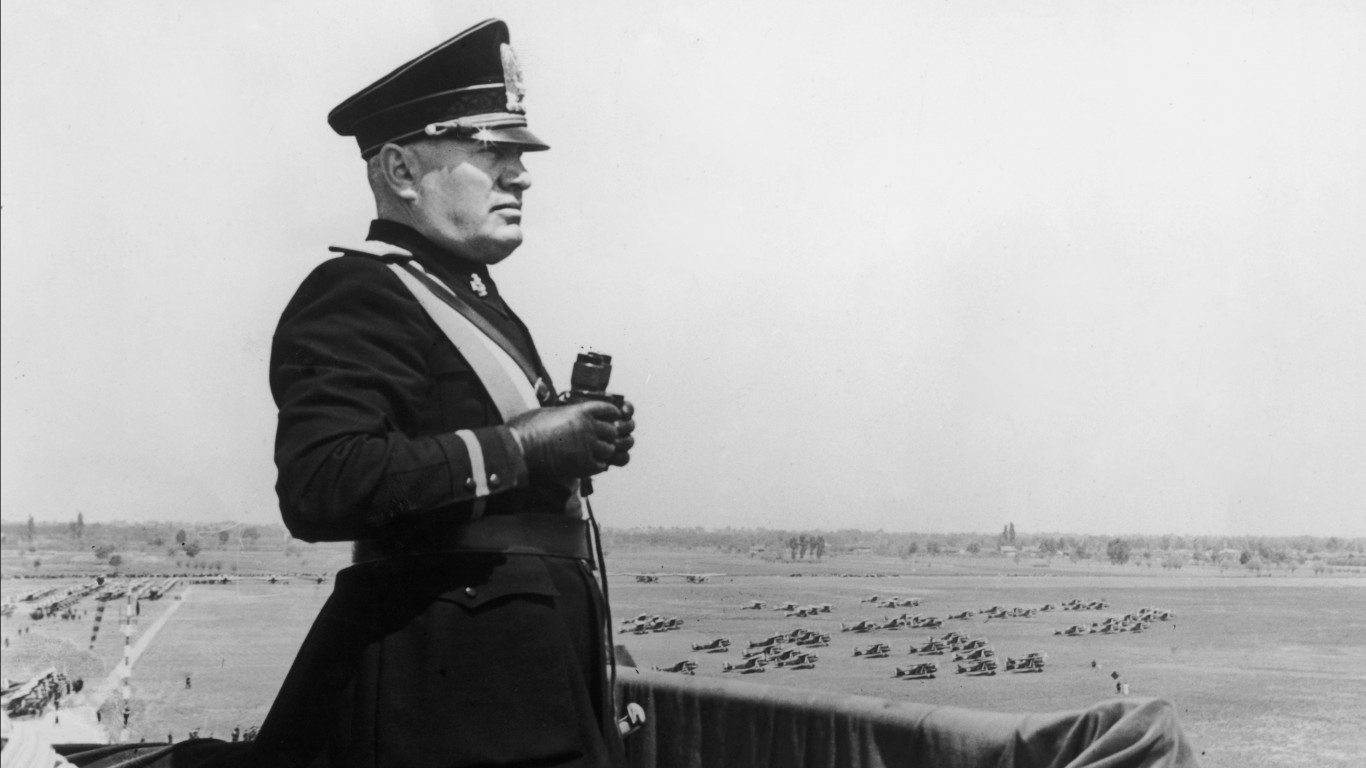
11. Benito Mussolini, prime minister of Italy
> Date: 1926
> Location: 3 attempts in Bologna, and Rome
> Method of attack: Gun, bomb
> Attacker: Anteo Zamboni, Gino Lucetti, Violet Gibson
Italian fascist leader Benito Mussolini was attacked three times in 1926 in the cities of Rome and Bologna. On April 7, Irishwoman Violet Gibson shot the dictator in the nose before a mob grabbed her. She was eventually sent to England and died in an asylum there. Anarchist Gino Lucetti threw a bomb that caromed off the windshield of Mussolini’s car while it was driving through Rome on Sept. 11 and it exploded several feet away. He was caught and placed in prison where he died in 1943. Anteo Zamboni, a 15-year-old boy, shot and missed Mussolini in Bologna on Oct. 31 and was lynched by a mob.
[in-text-ad]
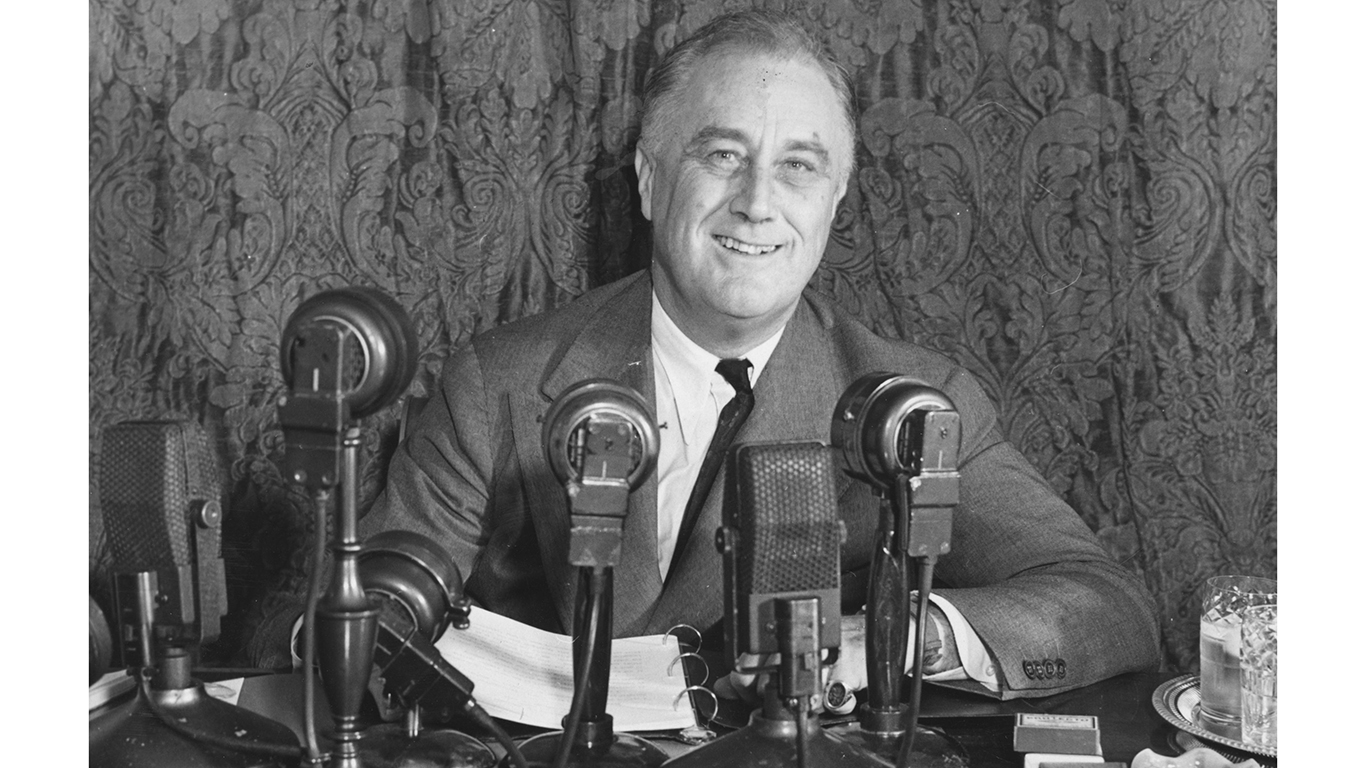
12. Franklin Roosevelt, president-elect of the United States
> Date: Feb.15, 1933
> Location: Miami, Florida
> Method of attack: Gun
> Attacker: Giuseppe Zangara
Franklin Roosevelt was nearly killed before he became president. Less than a month before he was inaugurated, FDR had just made a speech from the back of his car at a hotel in Miami when Italian immigrant Giuseppe Zangara fired six shots that hit five people. No shots hit Roosevelt. However, Anton Cermak, mayor of Chicago who was traveling with FDR, would eventually die from his wounds. Zangara, who hated capitalism, was tried for attempted murder and sentenced to 80 years in prison. When Cermak succumbed to his wounds, Zangara was retried and sentenced to death and was electrocuted on March 20, 1933.
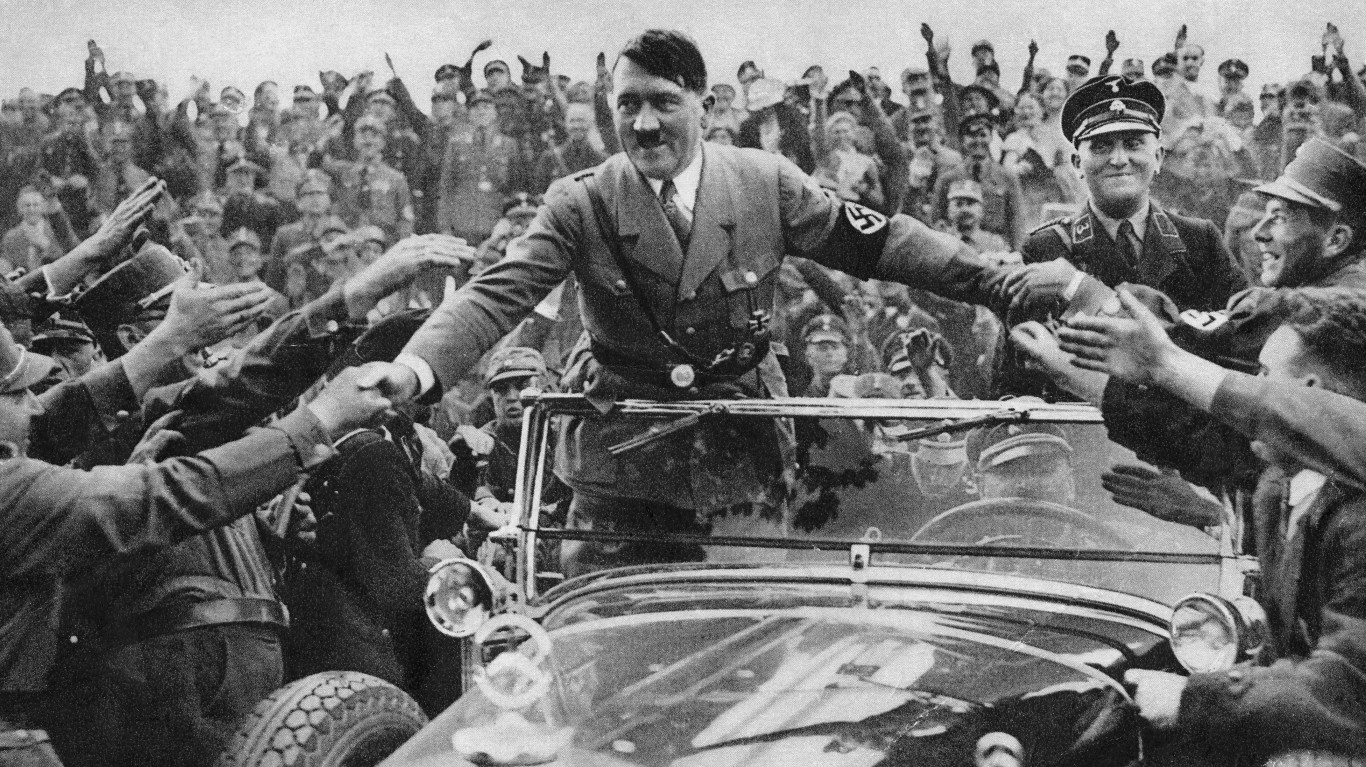
13. Adolf Hitler, leader of Nazi Germany
> Date: July 20, 1944
> Location: Rastenburg, East Prussia
> Method of attack: Bomb
> Attacker: Claus von Stauffenberg
There were many attempts on Hitler’s life, but the 1944 plot was the most famous. By late July 1944, some German Army officers were convinced that the war was all but lost and feared utter ruin for Germany if Hitler remained in power. They concocted a scheme to kill Hitler, unseat the German High Command, and negotiate peace with the Allies. Claus von Stauffenberg, a wounded war hero, was entrusted to place a briefcase containing a bomb underneath a desk where Hitler was reviewing war plans. Von Stauffenberg left the room and the briefcase was moved away from Hitler before the bomb exploded. He was wounded but not seriously. The plot fell apart. Retribution was swift and brutal. The conspirators were rounded up and executed or they committed suicide. The war in Europe would drag on for 10 more months.
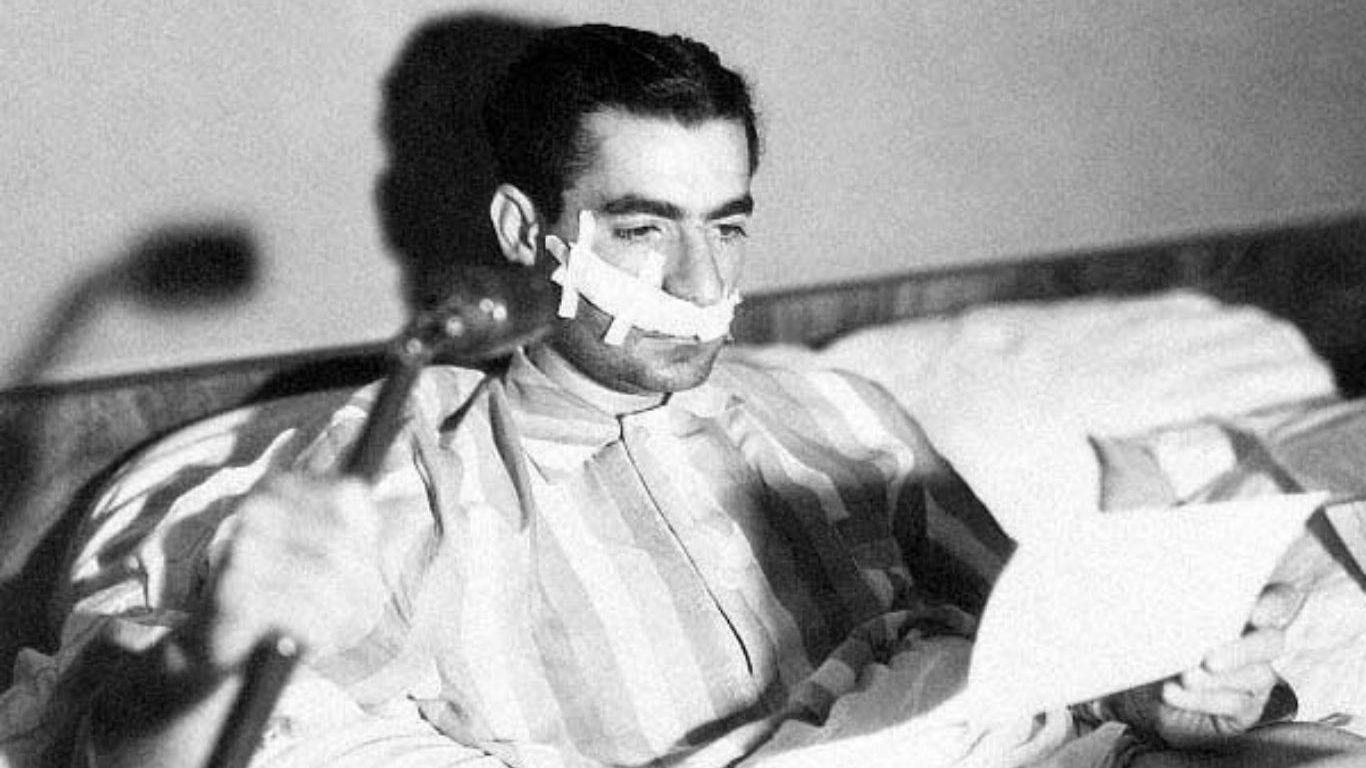
14. Mohammad Reza Shah Pahlavi, shah of Iran
> Date: Feb. 4, 1949
> Location: Tehran, Iran
> Method of attack: Gun
> Attacker: Opposition party member
Mohammad Reza Shah Pahlavi, the last shah of Iran, was the object of multiple assassination attempts. The first attempt on his life occurred in 1949 when he was attacked by a man thought to be a member of the opposition communist party while attending a ceremony to mark the founding of Tehran University. The shah was hit in the cheek and survived. The assailant was killed on the spot. Sixteen years later, a soldier attacked the shah’s palace and was shot dead by palace guards, two of whom were killed. The shah’s tumultuous and often brutal reign would come to an end in 1979 with the Islamic Revolution.
[in-text-ad-2]
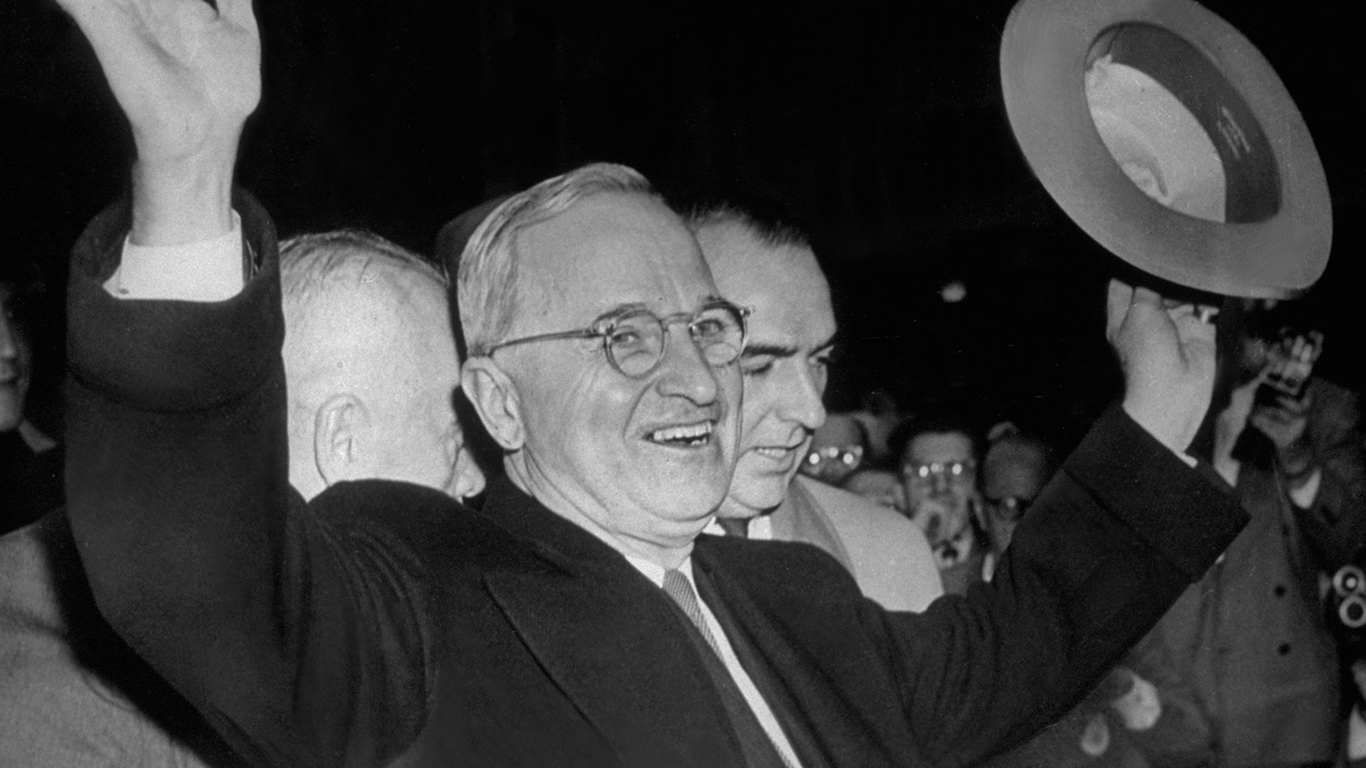
15. Harry Truman, president of the United States
> Date: Nov. 1, 1950
> Location: Washington, D.C.
> Method of attack: Gun
> Attacker: Oscar Collazo and Griselio Torresola
While the White House was being renovated in 1950, President Harry Truman and his family relocated to nearby Blair House. And that was the scene of an attack by Puerto Rican nationalists Oscar Collazo and Griselio Torresola on Nov. 1, even though Truman was an advocate for greater Puerto Rican self-rule. The assailants exchanged gunfire with the guards at the entrance, killing one before Torresola was killed. Collazo was wounded and apprehended and sentenced to death but Truman commuted the sentence to life in prison. He died in 1994.
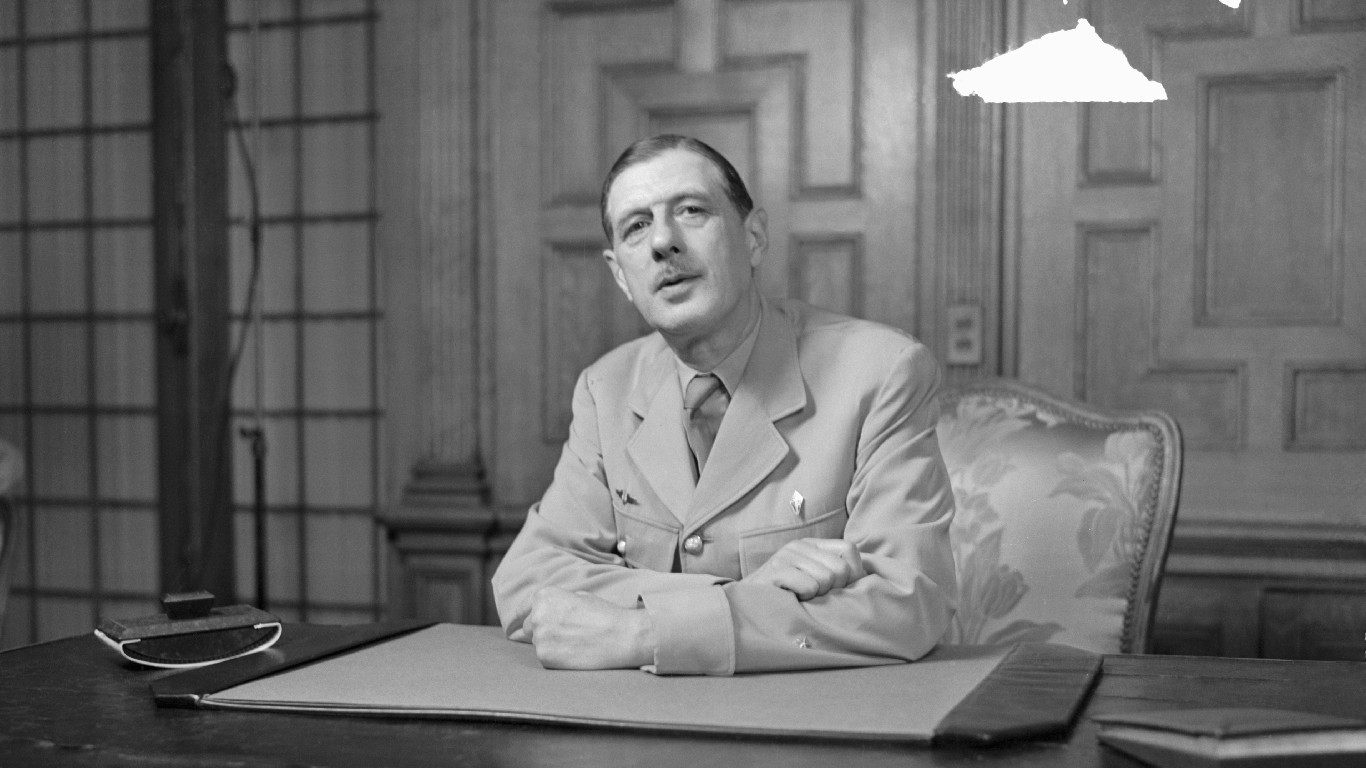
16. Charles de Gaulle, president of France
> Date: April 10, 1962
> Location: Petit-Clamart, France
> Method of attack: Gun
> Attacker: Various conspirators
Charles de Gaulle survived multiple attempts on his life. The most famous incident was in 1962 and became fodder for the novel and film “The Day of the Jackal.” The French president and his wife were riding to Orly Airport from their residence at the Elysée Palace when their chauffeur-driven Citröen limousine was attacked. Two bodyguards were killed in a fusillade of machine-gun fire but the president and his wife were unscathed. The would-be assassins were French nationalists opposed to France relinquishing control of Algeria.
[in-text-ad]
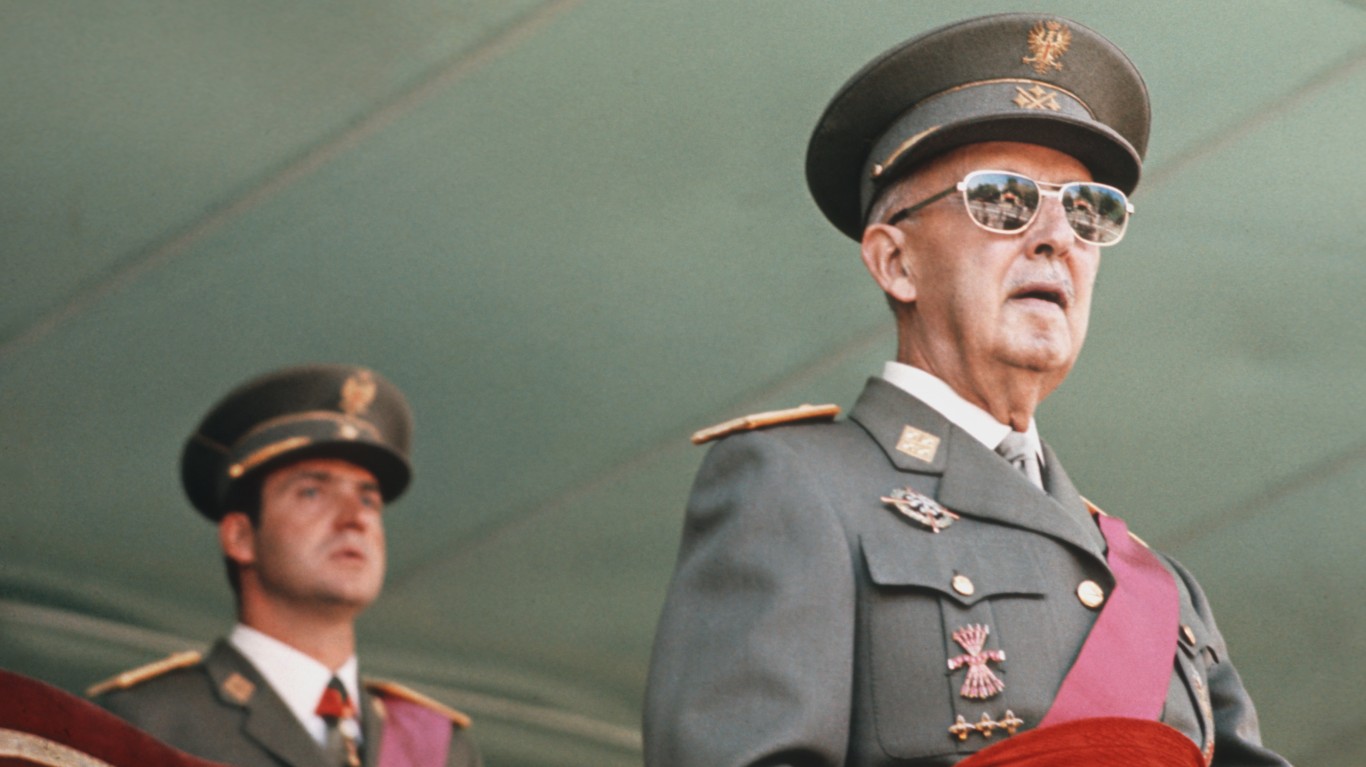
17. Francisco Franco, generalissimo of Spain
> Date: Aug. 11, 1964
> Location: Madrid, Spain
> Method of attack: Bomb
> Attacker: Stuart Christie
Stuart Christie told his family in Scotland he was going to Spain in the summer of 1964. However, the 18-year-old was actually bringing explosives with him to join a plot with fellow anarchists to assassinate iron-fisted fascist ruler Generalissimo Francisco Franco, who had led Spain since 1939. The Spanish authorities were on to Christie and arrested him in possession of bomb-making paraphernalia. He was sentenced to death after signing a confession but British authorities intervened and succeeded in reducing the penalty to 20 years in prison. He only served 3 and a half years. Franco ruled Spain until his death in 1975.

18. Andy Warhol, artist
> Date: June 3, 1968
> Location: New York City
> Method of attack: Gun
> Attacker: Valerie Solanas
Not every assassination target is a political leader. Such was the case with artist/provocateur Andy Warhol. The artist was attacked by playwright and feminist Valerie Solanas, who claimed Warhol was trying to steal her play, a work about a world without men. Solanas stormed Warhol’s office in the Union Square neighborhood in Manhattan and shot him in the lungs, stomach, spleen, liver, and esophagus. Warhol was pronounced dead at one point but recovered after many surgeries and needed a corset the remainder of his life. Solanas pled guilty to assault and was sentenced to three years in prison. She would eventually be diagnosed with schizophrenia.
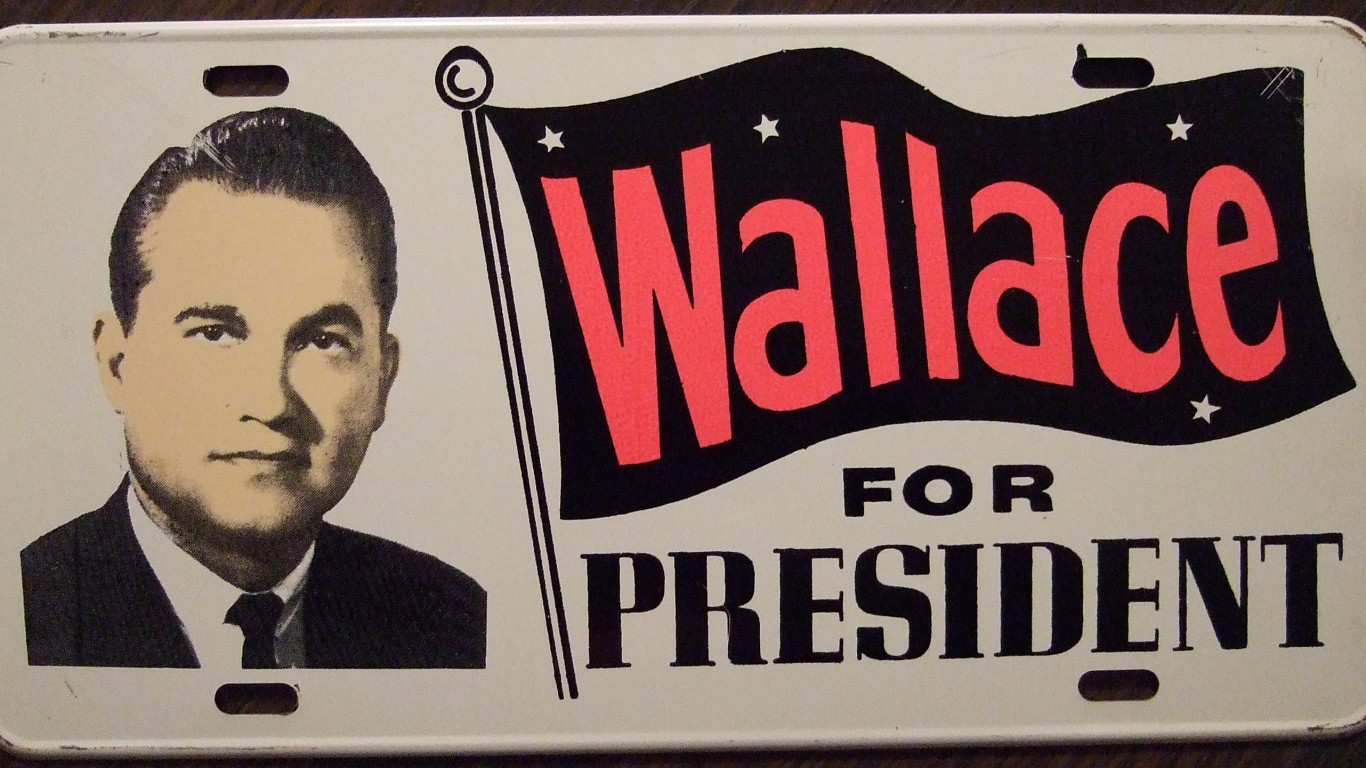
19. George Wallace, U.S presidential candidate
> Date: May 15, 1972
> Location: Laurel, Maryland
> Method of attack: Gun
> Attacker: Arthur Bremer
George Wallace, the race-baiting former governor of Alabama, ran as a third-party candidate for president in 1968. By 1972, he had modified his political positions and was running for the Democratic Party nomination. At a campaign rally in Maryland, he was gunned down by Arthur Bremer and suffered wounds that would leave him paralyzed the rest of his life. The once-ardent segregationist dramatically changed his stand on civil rights and sought to mend fences with African Americans. He was elected governor in 1983. Wallace passed away in 1998. Bremer served 35 years of his 53-year sentence for wounding Wallace and three others.
[in-text-ad-2]
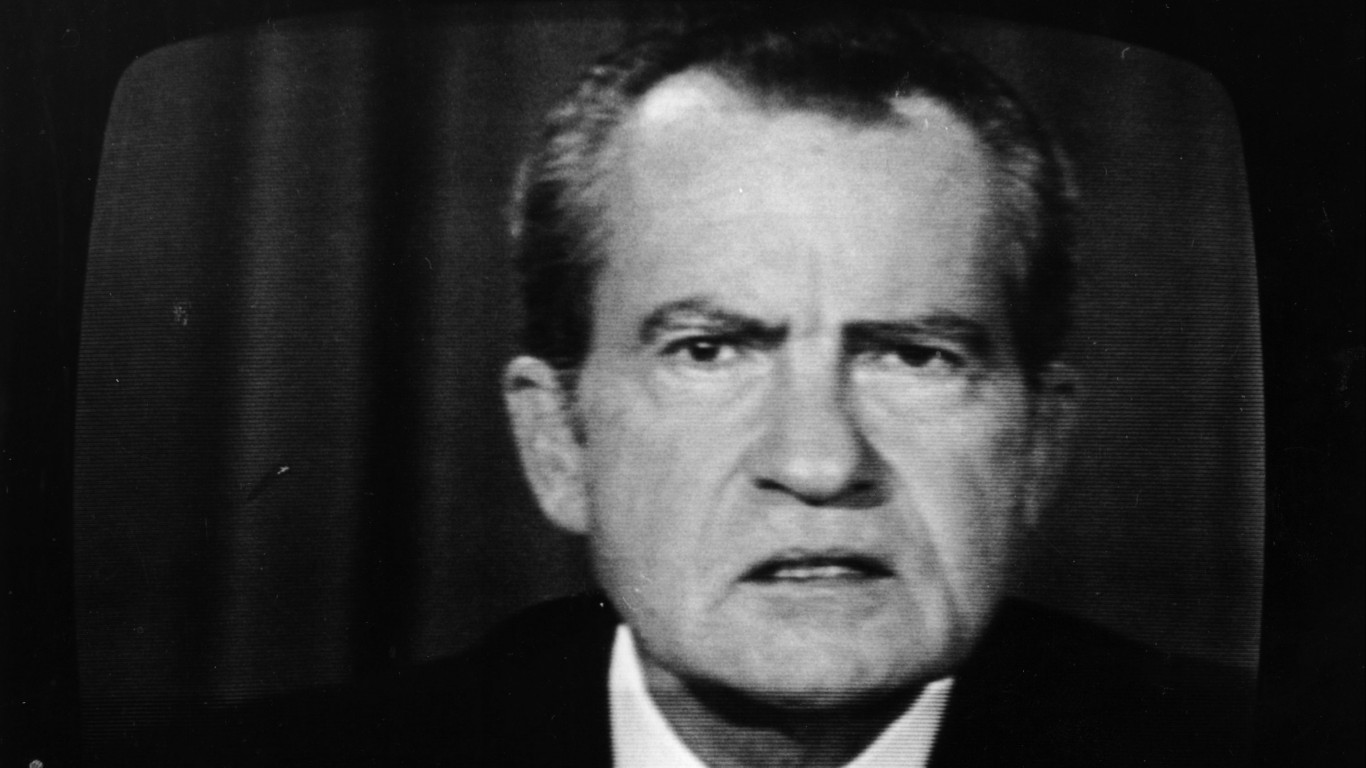
20. Richard Nixon, president of the United States
> Date: Feb. 17, 1974
> Location: Baltimore/Washington International Airport
> Method of attack: Attempted airplane hijacking
> Attacker: Samuel Byck
With the noose of the Watergate scandal tightening around his neck, President Richard Nixon faced another problem — an assassination attempt. In February 1974, Samuel Byck, an out-of-work tire salesman who blamed Nixon for his problems, tried to hijack a jet from Baltimore/Washington International Airport and fly it into the White House. Byck got onto the plane after shooting a guard at the checkpoint. The pilot and copilot tried stalling the desperate Byck, who shot both multiple times, killing the copilot. Police outside the cockpit unleashed a barrage of shots that wounded Byck, who then killed himself.
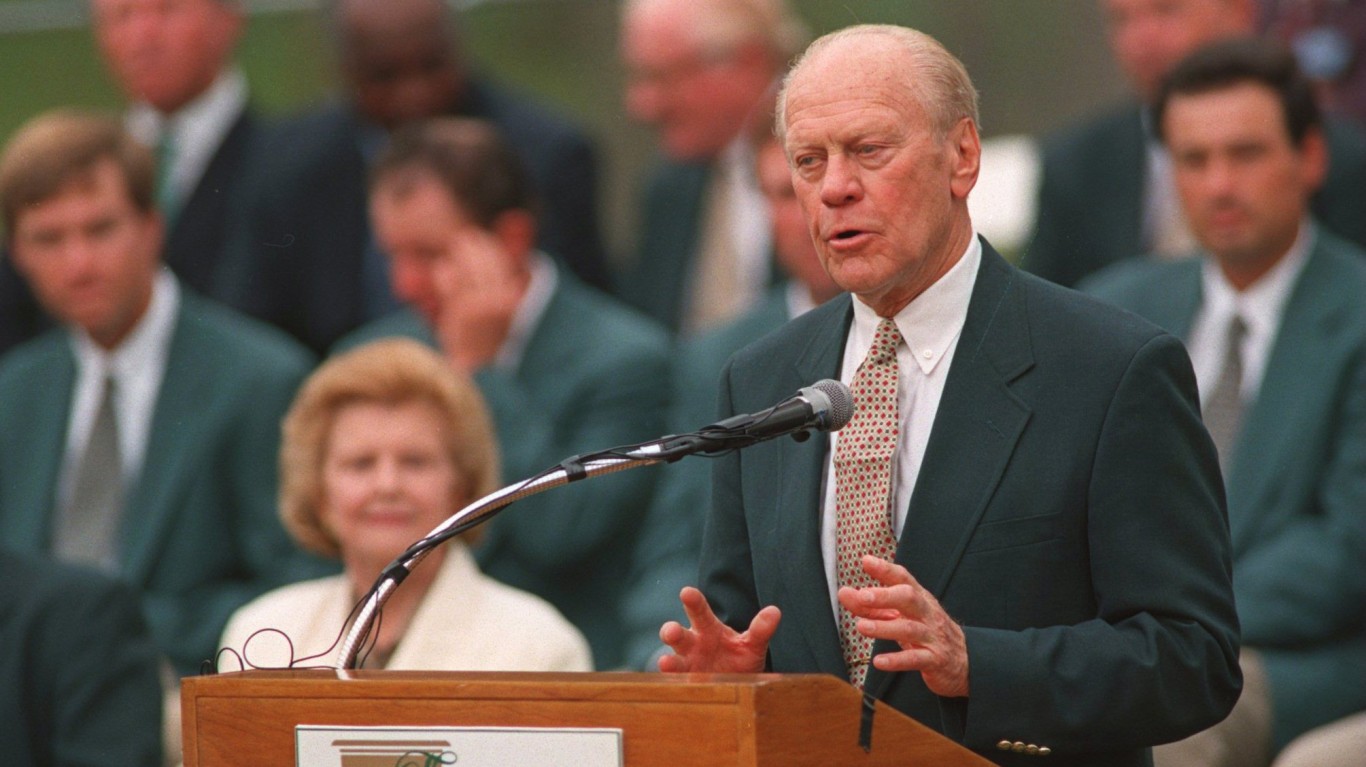
21. Gerald Ford, president of the United States
> Date: Sept. 5 and Sept. 22, 1975
> Location: San Francisco
> Method of attack: Gun
> Attacker: Lynette “Squeaky” Fromme, Sara Jane Moore
President Gerald Ford, who succeeded to the presidency after Richard Nixon resigned in 1974, was attacked twice within two weeks in 1975. The first time, Charles Manson cult follower Lynette “Squeaky” Fromme tried to shoot Ford who was visiting Sacramento, California, on Sept. 5, in order to gain the approval of the imprisoned Manson. She was thwarted from firing a shot by Secret Service agents. She was imprisoned and released in 2009. On Sept. 22, Ford was targeted again, this time in San Francisco by Sara Jane Moore, a mentally unstable woman radicalized in San Francisco who fired the gun but her aim was thrown off by a Marine veteran. Moore, held in the same West Virginia prison as Fromme, was paroled in 2007.
[in-text-ad]
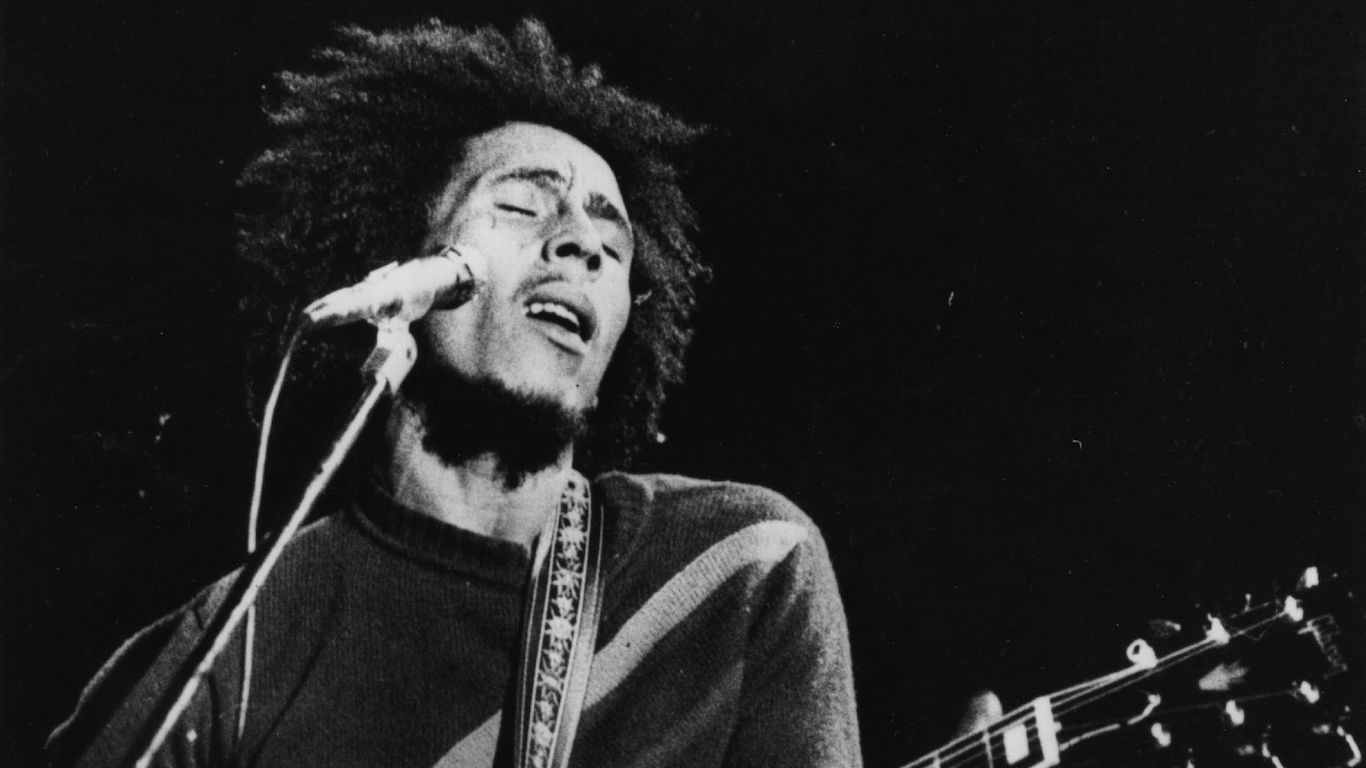
22. Bob Marley, musician
> Date: Dec. 3, 1976
> Location: Kingston, Jamaica
> Method of attack: Gun
> Attacker: Unknown
Reggae musician Bob Marley was nearly a victim of an assassination try in 1976. At the time, Marley’s native Jamaica was in political upheaval. Marley was headlining The Smile Jamaica concert as an event to help bring the country together. However, the ruling People’s National Party, which Marley had supported in the past, rescheduled the concert close to the election date. That angered Marley who was concerned that placing the concert near the election date would politicize it. Two assassins attacked Marley’s house on December 3, wounding his wife who was in a car, and spraying the house with machine gun fire. Marley was wounded in the arm and the bullet remained there the rest of his life.
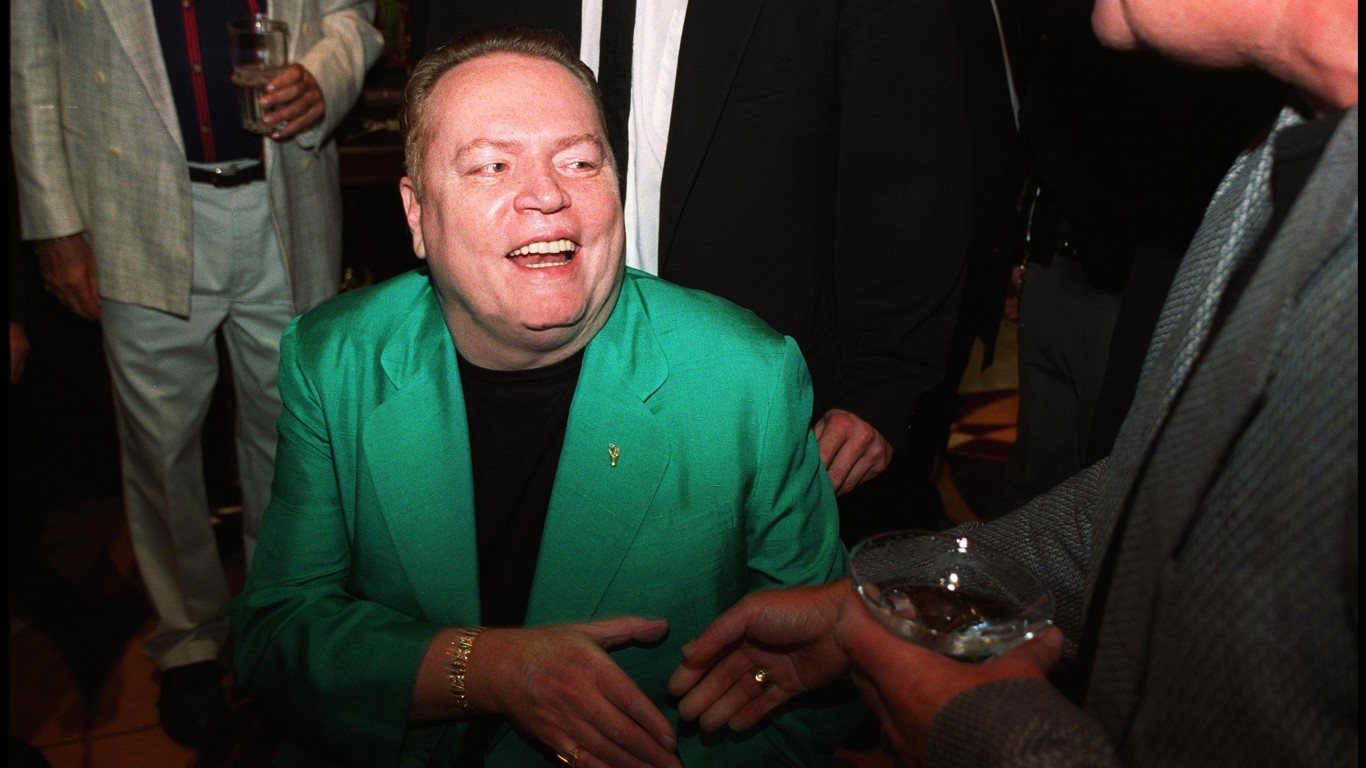
23. Larry Flynt, Hustler magazine publisher
> Date: March 6, 1978
> Location: Lawrenceville, Georgia
> Method of attack: Gun
> Attacker: Joseph Paul Franklin
Publisher Larry Flynt, who pushed the boundaries of good taste with his adult publication Hustler, was shot by white supremacist Joseph Paul Franklin in Georgia. Flynt, who was left paralyzed by the shooting, would become a symbol of free speech after he won a Supreme Court case in 1988 and was the subject of the motion picture “The People vs. Larry Flynt.” Franklin, who also tried to assassinate civil rights figure Vernon Jordan, was executed in Missouri for murder in 2013.
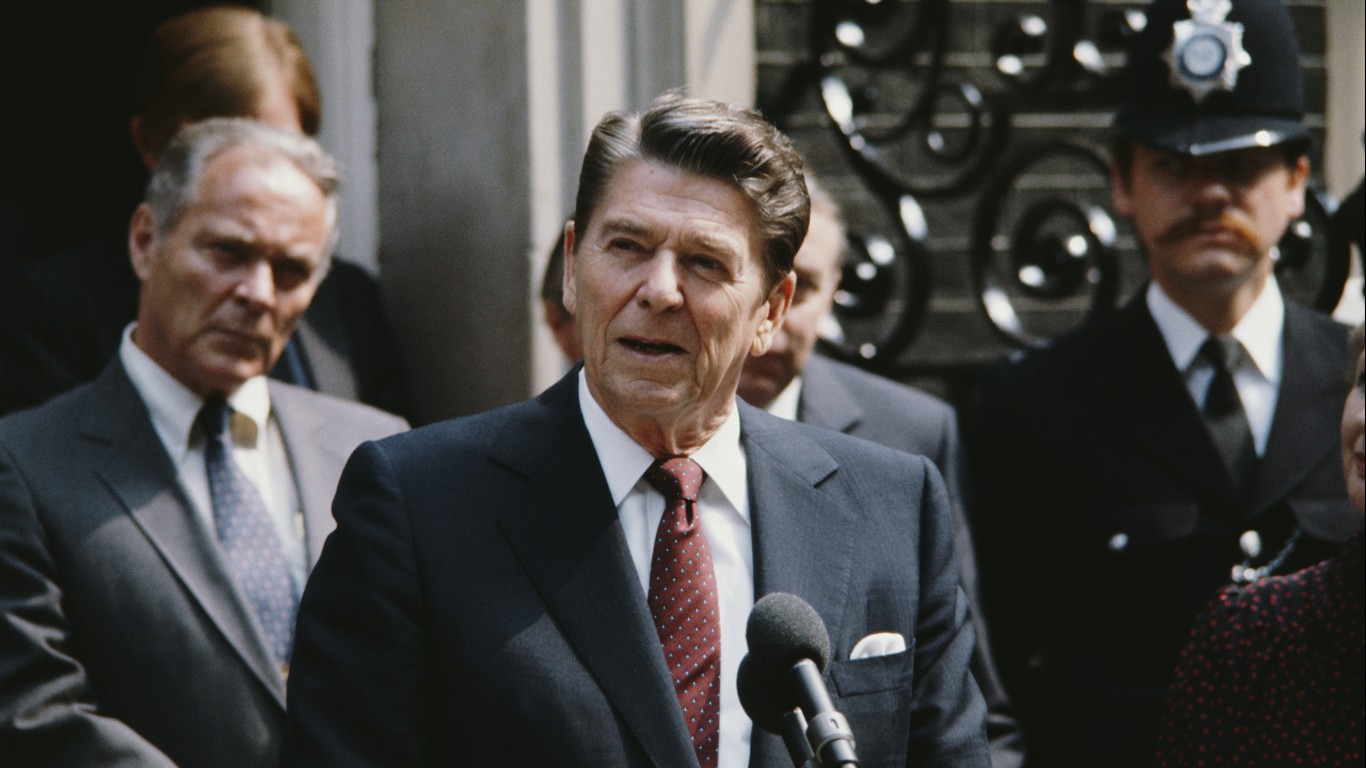
24. Ronald Reagan, president of the United States
> Date: March 30, 1981
> Location: Washington, D.C.
> Method of attack: Gun
> Attacker: John Hinckley
Ronald Reagan was shot barely two months after he was inaugurated as president. Reagan had just left a Washington hotel after delivering a speech when he was shot as he entered his limousine. The president tried keeping the mood light as he was wheeled into surgery, saying to the doctors that he hoped they were all Republicans. The wounds turned out to be more life-threatening than first reported. Three other people were wounded, among them Reagan’s press secretary Jim Brady, who was disabled for life. The goodwill that resulted from the attack helped Reagan get legislation passed in Congress. Reagan’s assailant, John Hinckley, said he shot at the president to try and impress actress Jodie Foster. Hinckley was found not guilty by reason of insanity.
[in-text-ad-2]
25. John Paul II, pope
> Date: May 13, 1981
> Location: St. Peter’s Square, Vatican City
> Method of attack: Gun
> Attacker: Mehmet Ali Ağca
Pope John Paul II was attacked after he addressed a massive gathering at St. Peter’s Square in Vatican City when a young Turkish man named Mehmet Ali Ağca shot him as he was riding in the popemobile. The pope was hit twice and two tourists were also struck, though no one was killed. The assailant was arrested and sentenced to life in prison. A note found in Ağca’s hotel room claimed he shot the pontiff to protest American and Soviet imperialism. After recovering from surgery, the pope visited his attacker and forgave him for his act.
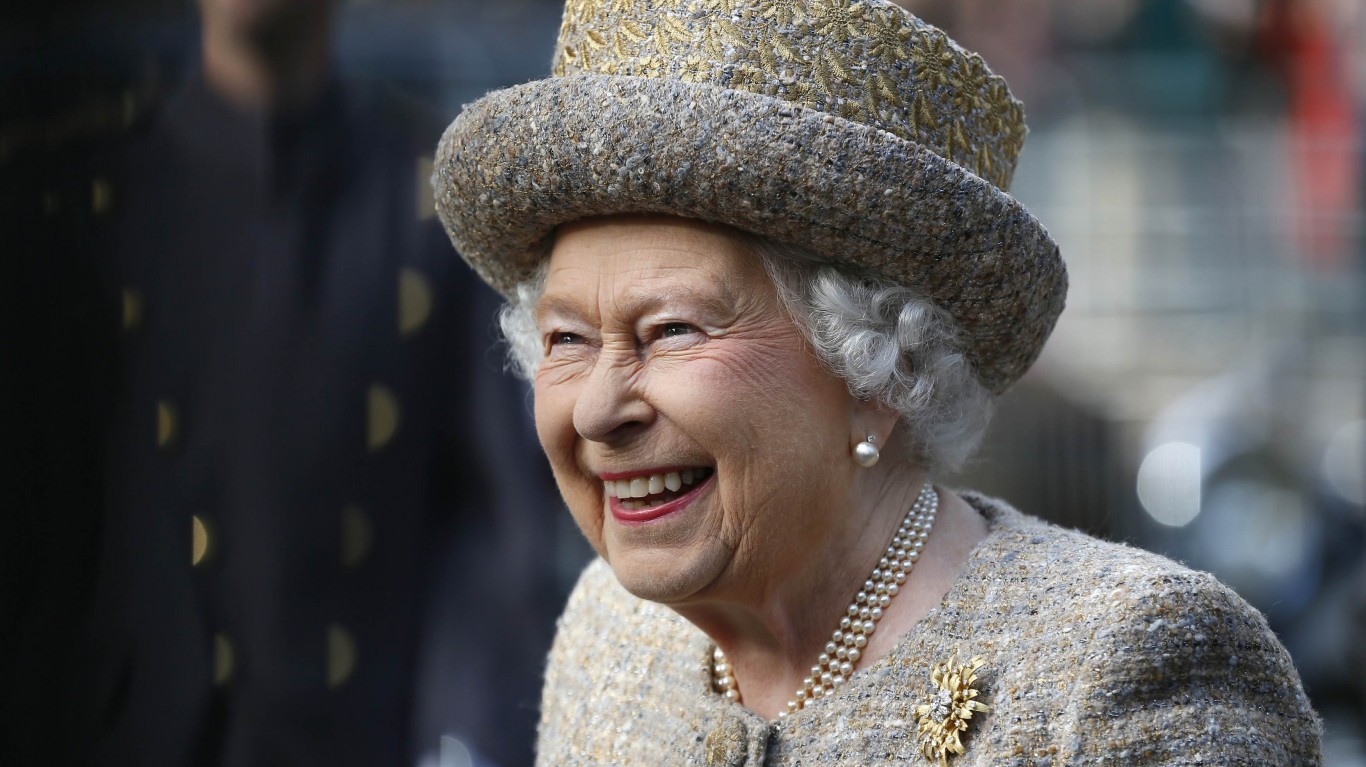
26. Elizabeth II, queen of the United Kingdom
> Date: Oct. 14, 1981
> Location: Dunedin, New Zealand
> Method of attack: Gun
> Attacker: Christopher Jоhn Lewis
There were assassination attempts on three world leaders in 1981, with the attack on Queen Elizabeth II the third of three after assassination attempts on President Ronald Reagan and Pope John Paul II. The monarch was shot at by a teenager while she was visiting New Zealand. The assailant was Christopher Jоhn Lewis, a troubled 17-year-old, who fired a single round from a .22 caliber rifle at the queen that missed. Lewis was charged with treason at first but that charge was reduced and Lewis was prosecuted for other firearms violations. Lewis eventually committed suicide in 1997 while he was being held for the murder of a woman.
[in-text-ad]
27. Gerry Adams, leader of Sinn Fein
> Date: March 14, 1984
> Location: Belfast, United Kingdom
> Method of attack: Gun
> Attacker: Ulster Freedom Fighters
With sectarian violence raging in Northern Ireland, members of the banned Loyalist group Ulster Freedom Fighters shot Gerry Adams, leader of Sinn Fein, which advocates for the unification of the Republic of Ireland and Northern Ireland. Adams and several others were wounded in the ambush in central Belfast. Adams survived the attack and would play a role in the Good Friday Agreement in 1998 that reduced the violence between paramilitary groups and led to more power-sharing in Northern Ireland.
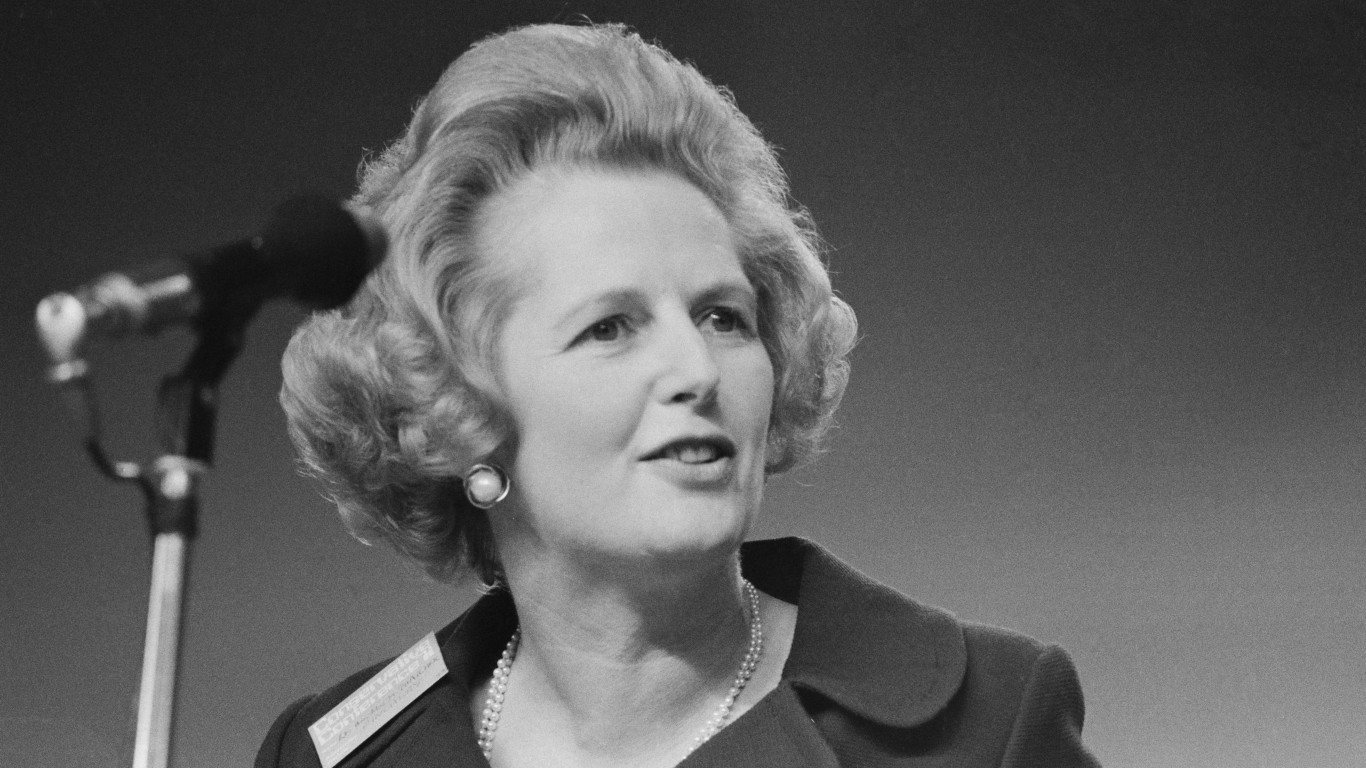
28. Margaret Thatcher, prime minister of the United Kingdom
> Date: Oct. 12, 1984
> Location: Brighton, United Kingdom
> Method of attack: Bomb
> Attacker: Irish Republican Army
The Irish Republican Army targeted Prime Minister Margaret Thatcher in an attack in October 1984 at Brighton on the southern English coast. The PM was holding a Conservative Party conference at the Brighton Grand Hotel when the IRA set off a bomb that killed five people and injured 30 others. Thatcher and her husband Dennis barely escaped injury. A year after the attack, Thatcher helped craft the Anglo Irish Agreement that gave the Republic of Ireland more of a voice regarding issues in Northern Ireland. That paved the way for the Good Friday Agreement years later that would reduce sectarian violence in Northern Ireland.
29. Salman Rushdie, author of “The Satanic Verses”
> Date: Aug. 3, 1989
> Location: London
> Method of attack: Book bomb
> Attacker: Mustafa Mahmoud Mazeh
Author Salman Rushdie had to go into hiding after the Ayatollah Khomeini, the leader of Iran, issued a fatwa on the writer claiming his book, “The Satanic Verses,” which was published in 1988, blasphemed the prophet Muhammad. In August the following year, a book bomb detonated prematurely in a London hotel that killed would-be assassin Mustafa Mahmoud Mazeh. Iran built a shrine for him in a cemetery in Tehran. Iran said in 2006 that the fatwa would remain in place since the edict can only be rescinded by the person who issued it, and Khomeini died in 1989.
[in-text-ad-2]
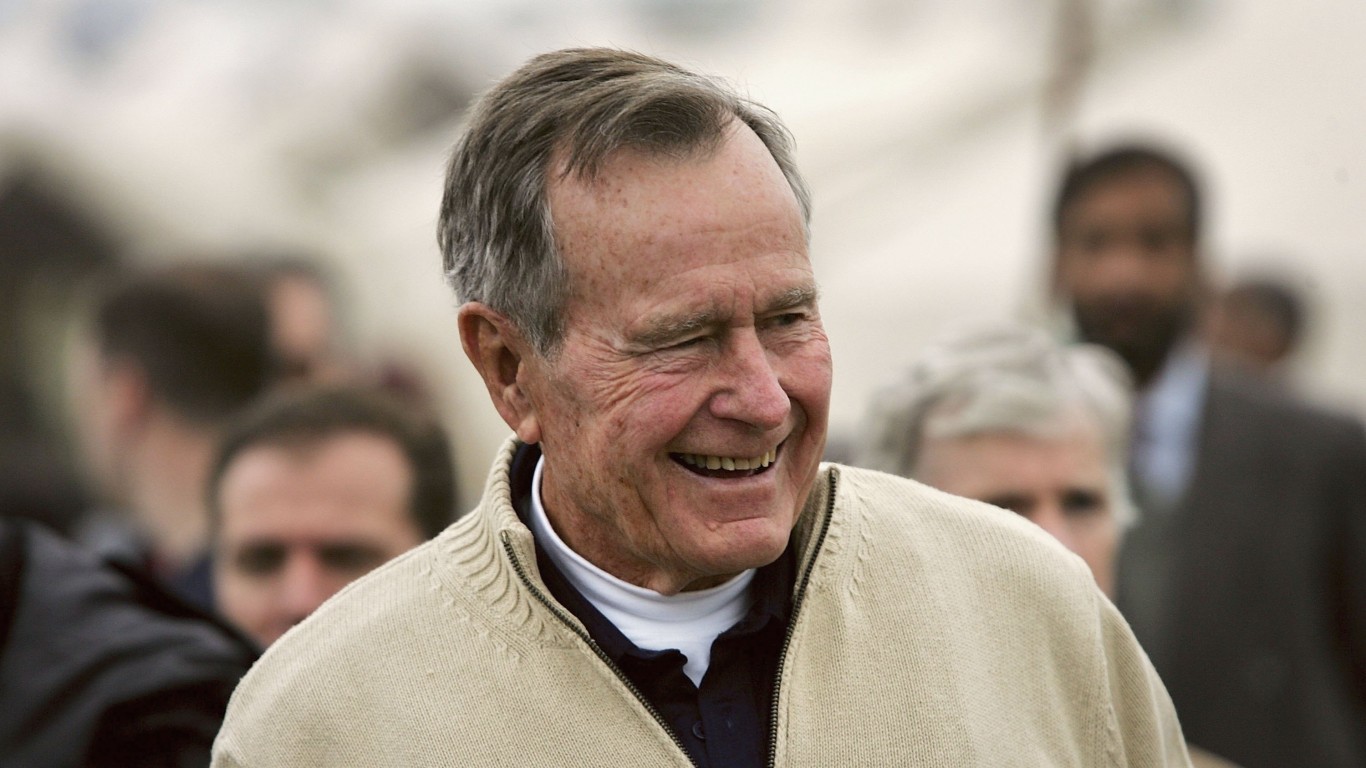
30. George H.W. Bush, president of the United States
> Date: April 14-16, 1993
> Location: Kuwait City, Kuwait
> Method of attack: Bomb
> Attacker: Iraqi intelligence service
Iraq leader Saddam Hussein sent assassins to Kuwait to blow up former President George H.W. Bush, who was there to celebrate the anniversary of the liberation of the nation on the Arabian peninsula that was invaded by Iraq in 1990. Kuwaiti security broke up the plot, which included an Iraqi intelligence officer who had brought about 550 pounds of explosives from Iraq.
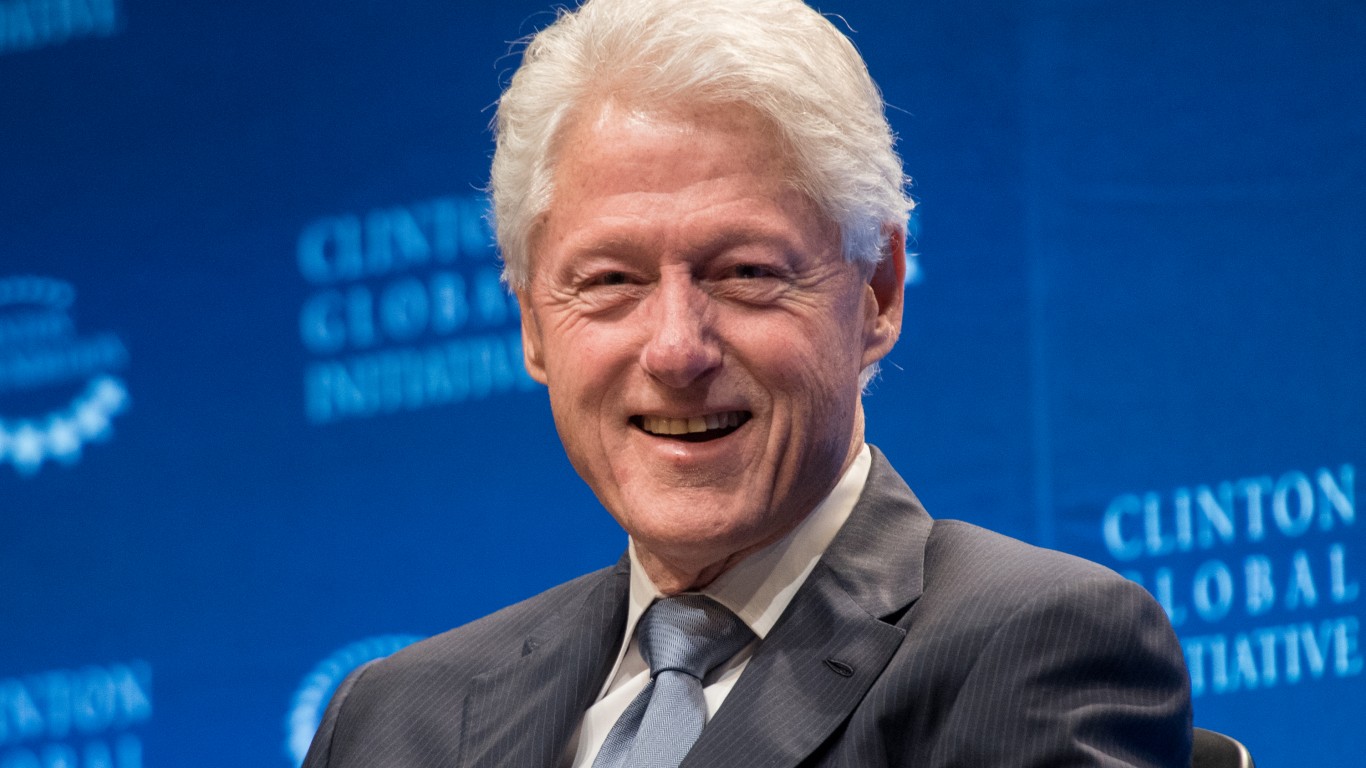
31. Bill Clinton, president of the United States
> Date: Oct. 29, 1994, November 1996
> Location: Washington, D.C., the Philippines
> Method of attack: Gun, bomb
> Attacker: Francisco Martin Duran, Osama bin Laden
On Oct. 29, 1994, Francisco Martin Duran, a dishonorably discharged Army veteran, pulled out a semiautomatic weapon and opened fire on who he thought was President Bill Clinton. The bullets hit the White House but did not come near the intended target. Not only did Duran miss, it wasn’t the president at all, but a New York businessman getting a private tour of the White House. It wouldn’t be the last attempt on Clinton. In November of 1996, security foiled a plot in the Philippines in which would-be assassins working with Osama bin Laden planted a bomb underneath a bridge that Clinton was due to cross while traveling in Manila.
[in-text-ad]
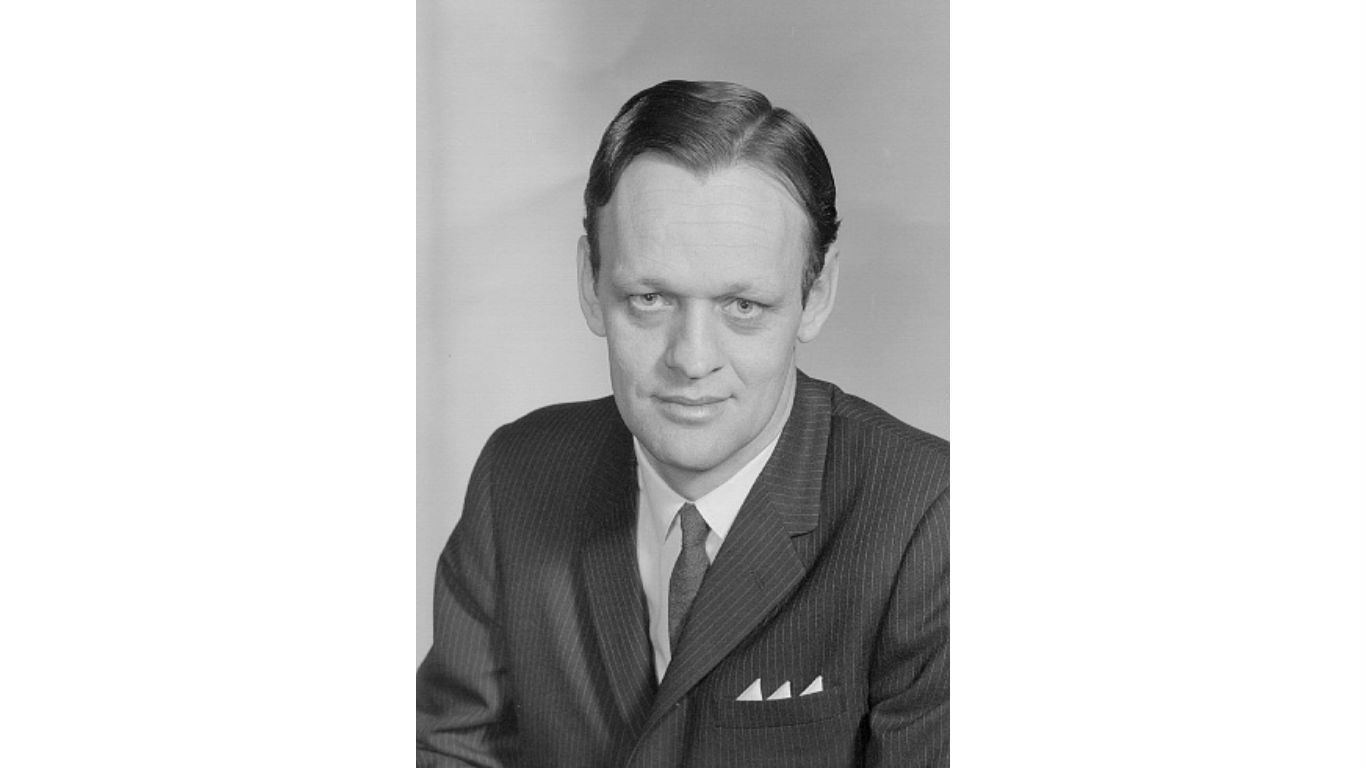
32. Jean Chretien, prime minister of Canada
> Date: Nov. 5, 1995
> Location: Ottawa, Canada
> Method of attack: Knife
> Attacker: André Dallaire
Jean Chretien, who was Prime Minister of Canada, can thank his wife Aline for foiling an attempt on his life. Aline Chretien was startled by noises early Sunday morning on Nov. 5, 1995, and found a man brandishing a knife in their home in Ottawa. She locked the doors to their bedroom and they called the police who arrested André Dallaire, a man from Quebec. A judge ruled Dallaire guilty of attempted murder but it was determined he was not responsible for his actions after he was diagnosed as a paranoid schizophrenic.
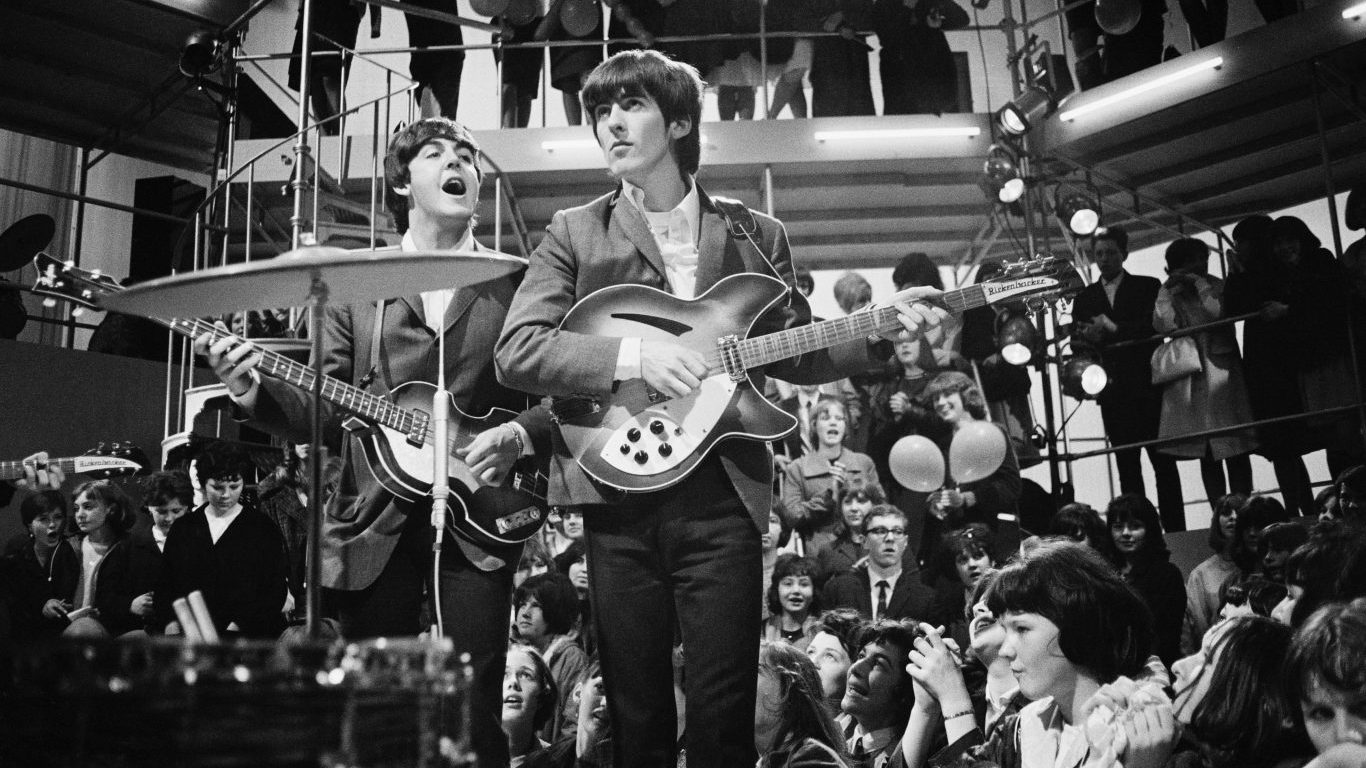
33. George Harrison, musician
> Date: Dec. 30, 1999
> Location: Henley-on-Thames, United Kingdom
> Method of attack: KnifeStabbing
> Attacker: Michael Abram
George Harrison, a musician who espoused peace and love, was the victim of a violent attack. The former Beatle was stabbed in the chest at his home in Henley-on-Thames in the United Kingdom by a man from Liverpool who authorities said was obsessed with the Beatles. Harrison and his wife Olivia were treated for injuries and ultimately survived the attack. Harrison, who died in 2001 after a long bout with lung cancer, had been the target of death threats over the years.
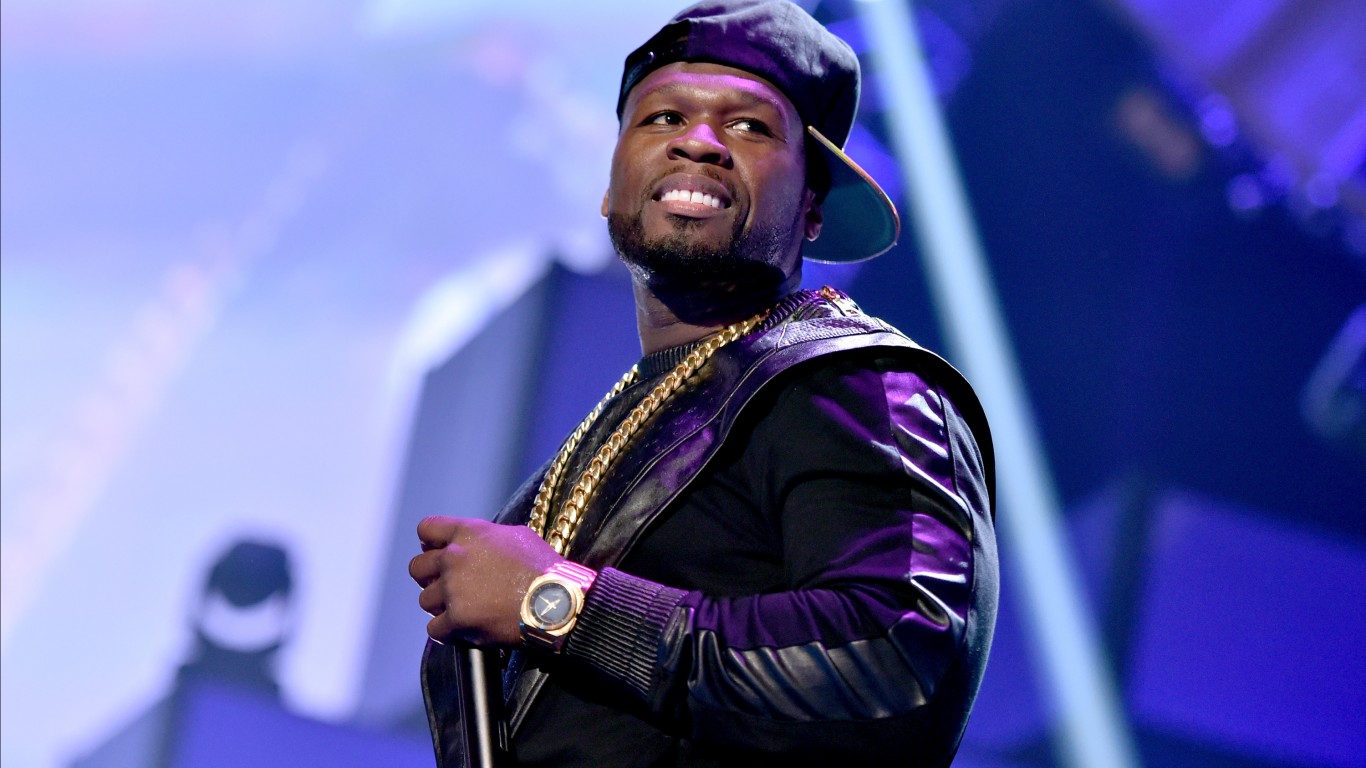
34. Curtis James Jackson III (50 Cent), rapper
> Date: April 24, 2000
> Location: New York City
> Method of attack: Unknown (murder plot)
> Attacker: Kenneth McGriff
Rapper 50 Cent survived an assassination attempt in 2000, despite getting nine bullets in his body. The rapper from Queens was targeted by three shooters hired by drug kingpin Kenneth McGriff, who objected to the fact that he was mentioned in a song by 50 Cent (born Curtis James Jackson III).
[in-text-ad-2]

35. Gabrielle Giffords, congresswoman from Arizona
> Date: Jan. 8, 2011
> Location: Casas Adobes, Arizona
> Method of attack: GunShooting
> Attacker: Jared Lee Loughner
Gabrielle Giffords, a Democratic congresswoman from Arizona, was shot at a shopping mall in Tucson in an attack that killed six people, including a judge and a 9-year-old girl. Giffords survived the attack and continued to serve in the House of Representatives until January of 2012. The attack brought renewed focus on the bitter divide over gun rights in the United States. Giffords and her husband Mark Kelly, a former astronaut, started the website Americans for Responsible Solutions, which seeks to reduce gun violence and support responsible gun ownership. Loughner was sentenced to life without parole in 2012.
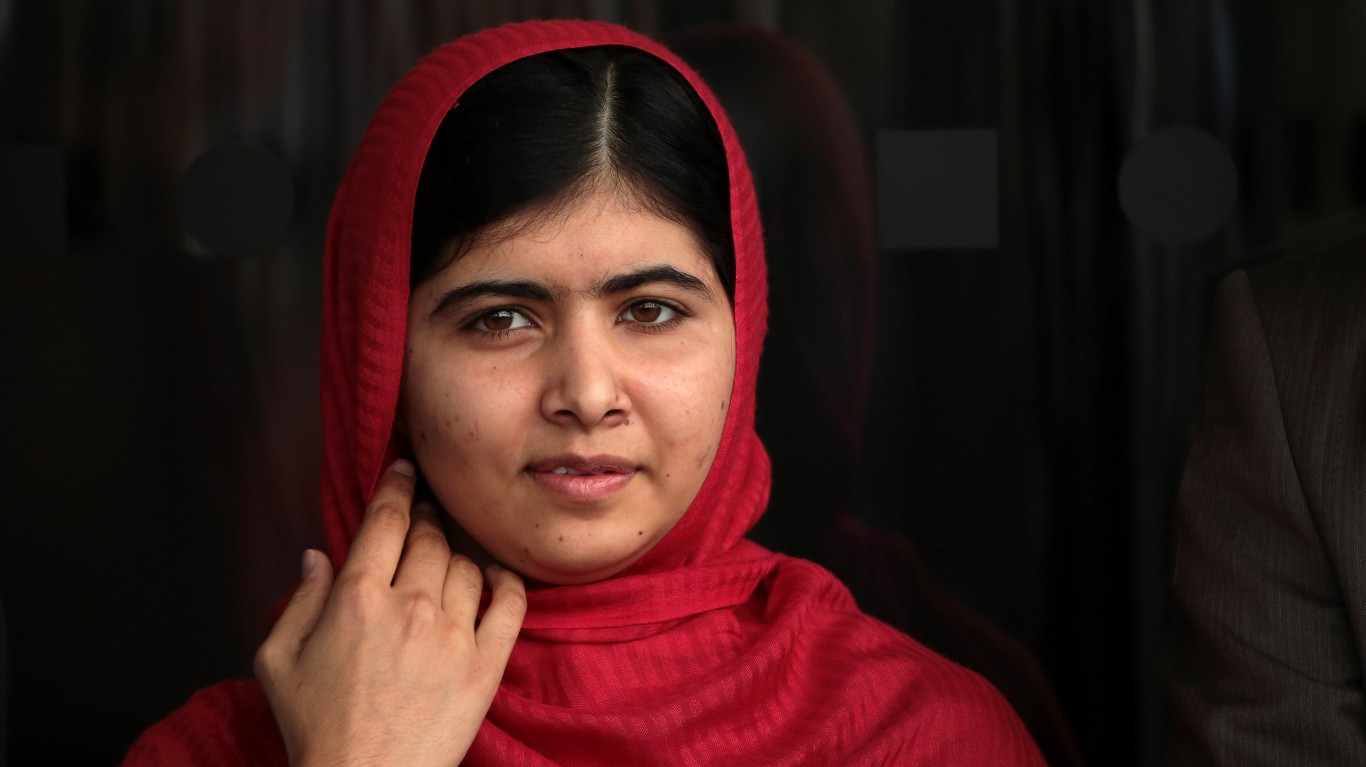
36. Malala Yousafzai, women’s education advocate
> Date: Jan. 4, 2013
> Location: Mingora, Pakistan
> Method of attack: Gun
> Attacker: Taliban
Malala Yousafzai, who at 17 years old was the youngest person to win the Nobel Peace Prize in 2014, was shot by a Taliban gunman in October 2012 for advocating education for women. After surviving the attack she continued to speak out in favor of women’s education. Yousafzai spoke at the first UN Youth Assembly in 2019 in support of universal education.
[in-text-ad]
37. Nicolas Maduro, president of Venezuela
> Date: Aug. 4, 2018
> Location: Caracas, Venezuela
> Method of attack: Drone
> Attacker: Soldados de Franelas
Nicolas Maduro, president of Venezuela, survived an attack from a drone. The apparent attack was captured on television as the Venezuelan chief executive was reviewing a military parade. Venezuelan authorities said there were two separate explosions from two drones and the blasts caused a panic among those gathered for the event. Seven people were injured. Dozens of people were arrested and Maduro blamed far-right extremists and the Colombian government for the attack.
Detailed findings & methodology:
To find the most famous failed assassinations in history, 24/7 Tempo reviewed resources such as The History Channel, Britannica, and the National Bureau of Economic Research. We reviewed public records and news of failed assassinations from media sources such as The New York Times and The Los Angeles Times.
To determine how famous the attempt was, we factored in the stature of the individual, the method of the attack and the ramifications, if any, from the incident. Some of the figures on our list were targeted multiple times, such as fascist dictator Benito Mussolini.
Not all the people on the list are political figures. Musicians, artists, religious figures, and activists have also been targets of assassins. We also included assassination attempts such as the one made on President Bill Clinton in the Philippines in 1996 that were foiled before taking place.
The Average American Has No Idea How Much Money You Can Make Today (Sponsor)
The last few years made people forget how much banks and CD’s can pay. Meanwhile, interest rates have spiked and many can afford to pay you much more, but most are keeping yields low and hoping you won’t notice.
But there is good news. To win qualified customers, some accounts are paying almost 10x the national average! That’s an incredible way to keep your money safe and earn more at the same time. Our top pick for high yield savings accounts includes other benefits as well. You can earn up to 3.80% with a Checking & Savings Account today Sign up and get up to $300 with direct deposit. No account fees. FDIC Insured.
Click here to see how much more you could be earning on your savings today. It takes just a few minutes to open an account to make your money work for you.
Our top pick for high yield savings accounts includes other benefits as well. You can earn up to 4.00% with a Checking & Savings Account from Sofi. Sign up and get up to $300 with direct deposit. No account fees. FDIC Insured.
Thank you for reading! Have some feedback for us?
Contact the 24/7 Wall St. editorial team.
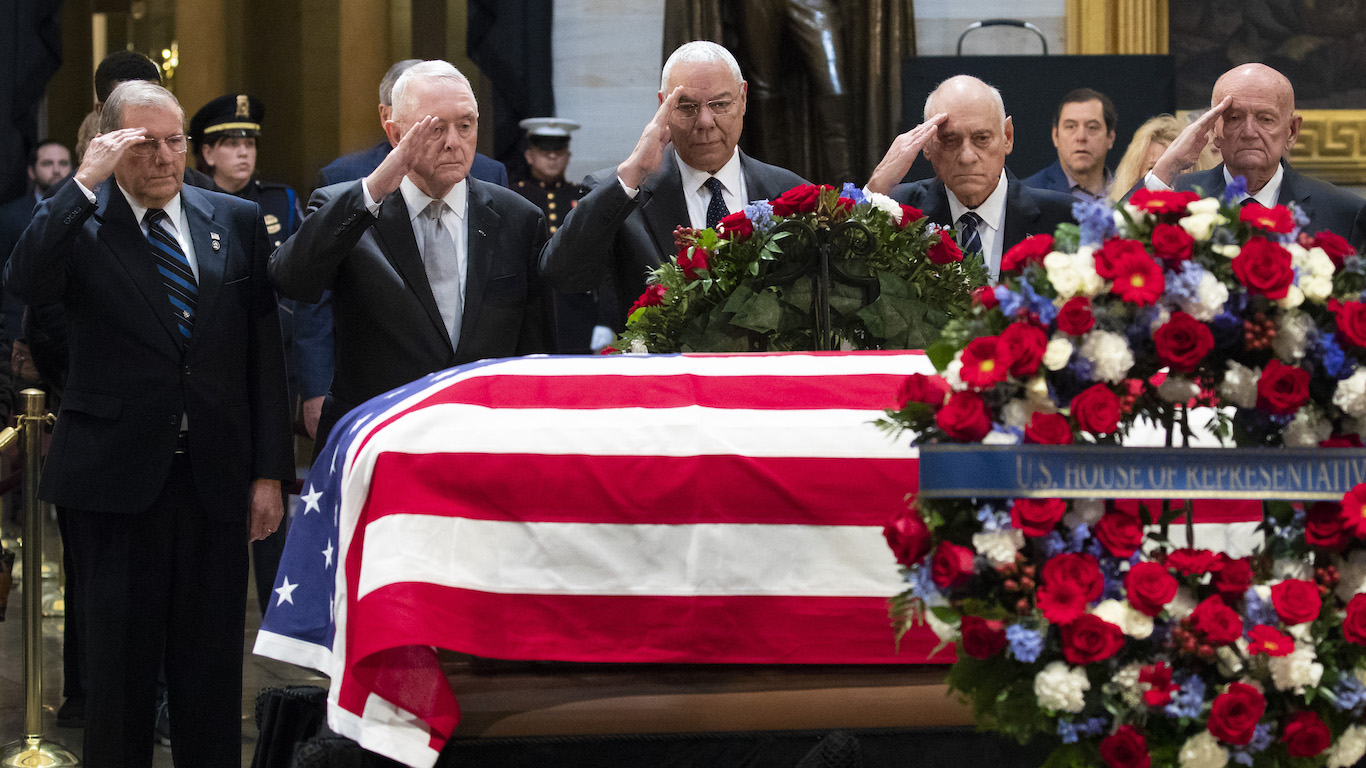 24/7 Wall St.
24/7 Wall St.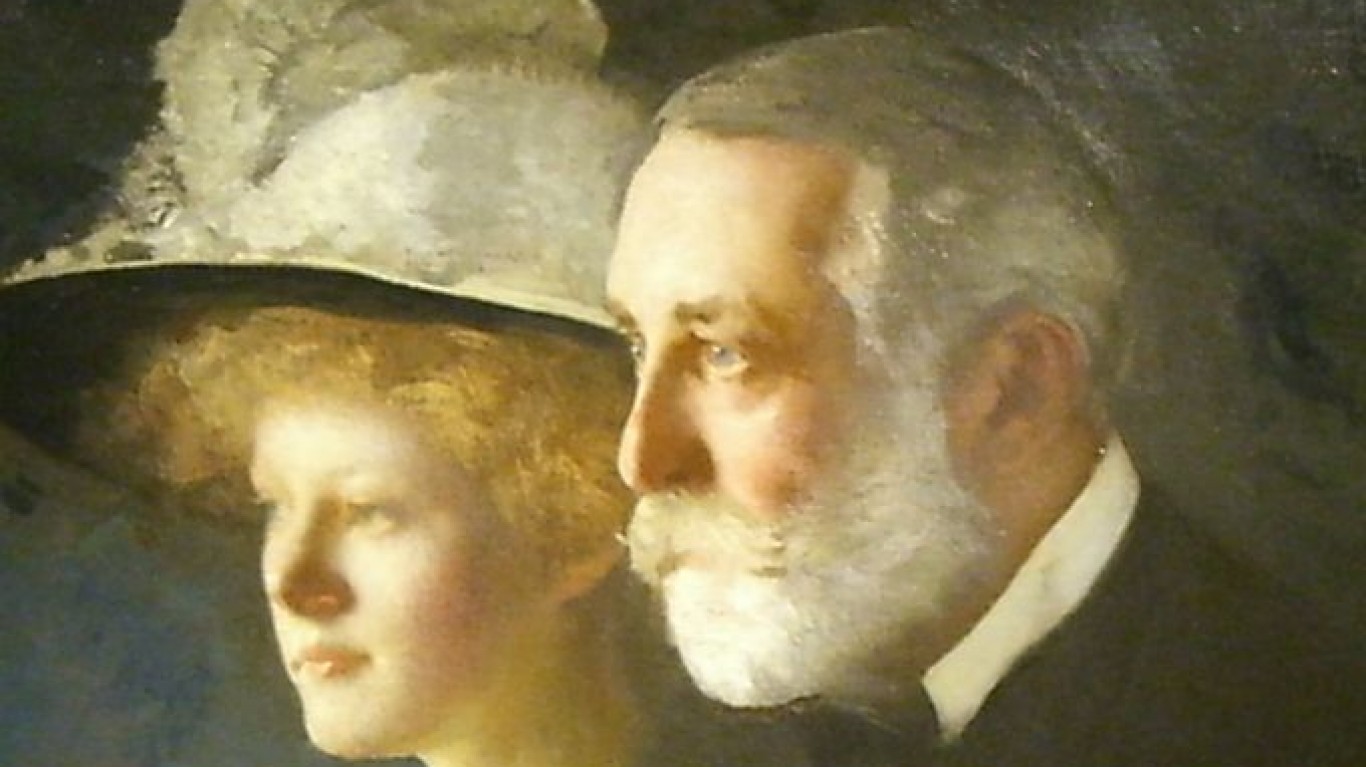
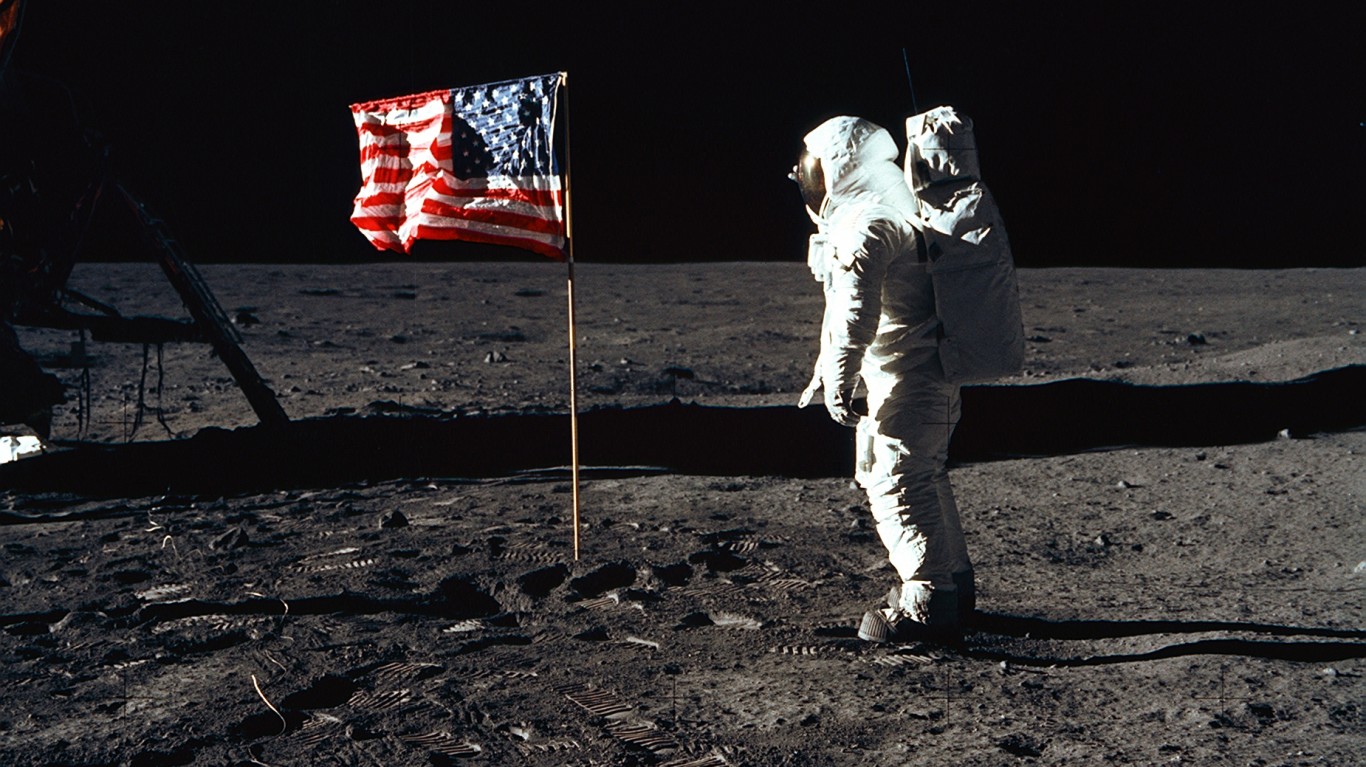 24/7 Wall St.
24/7 Wall St.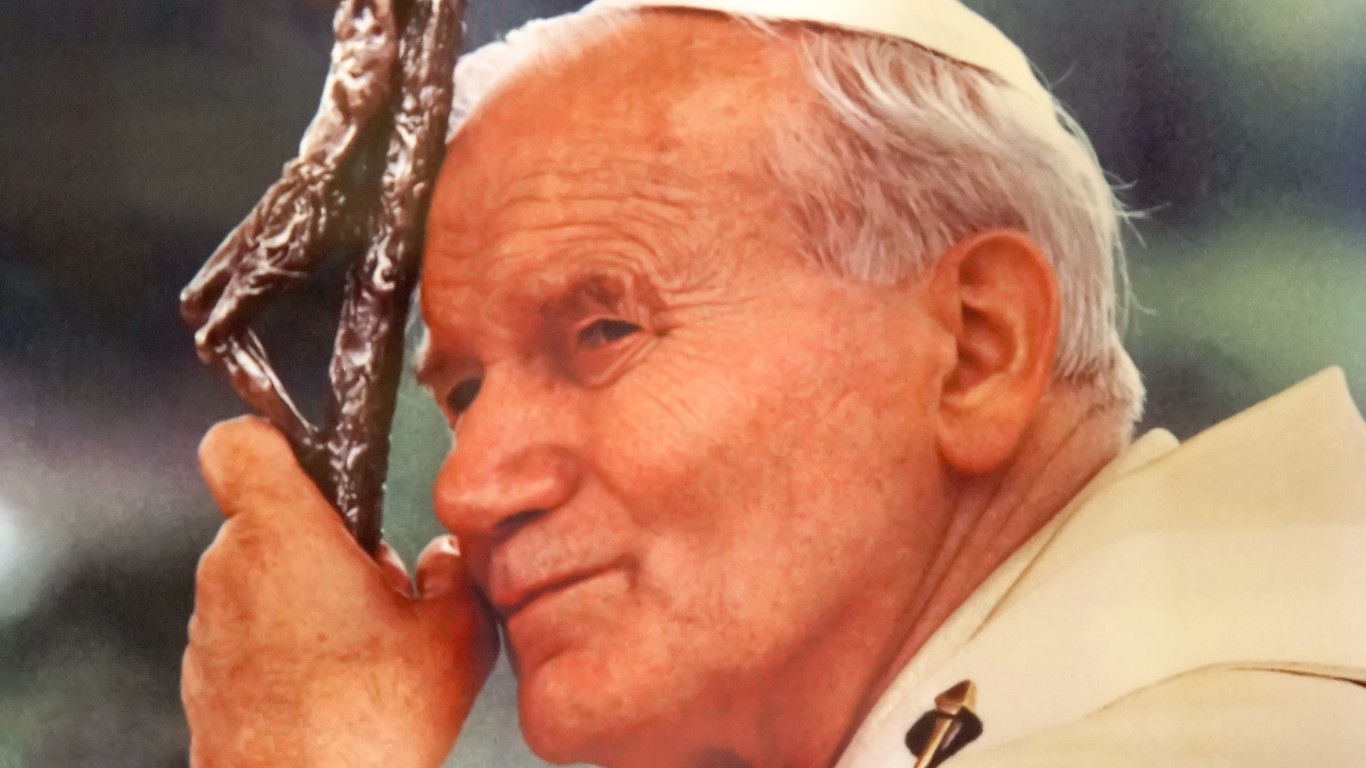
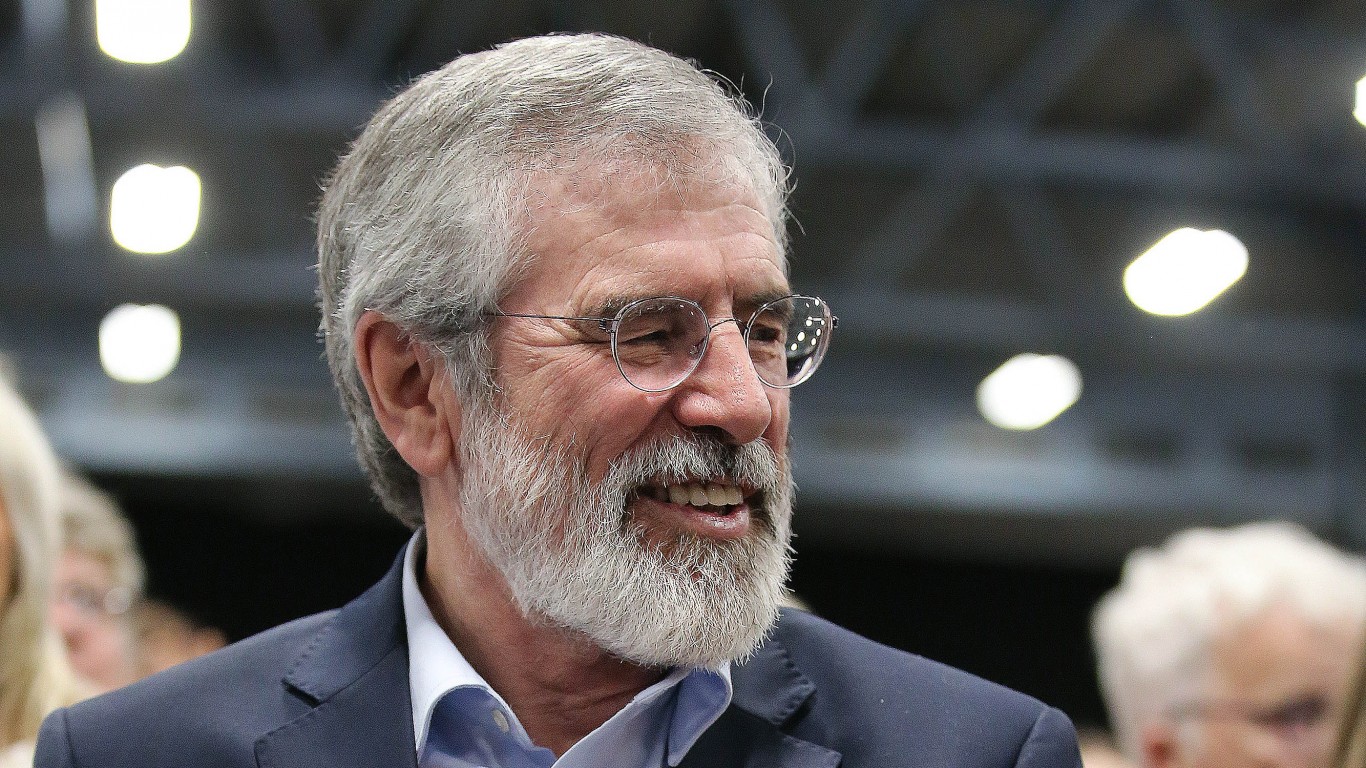
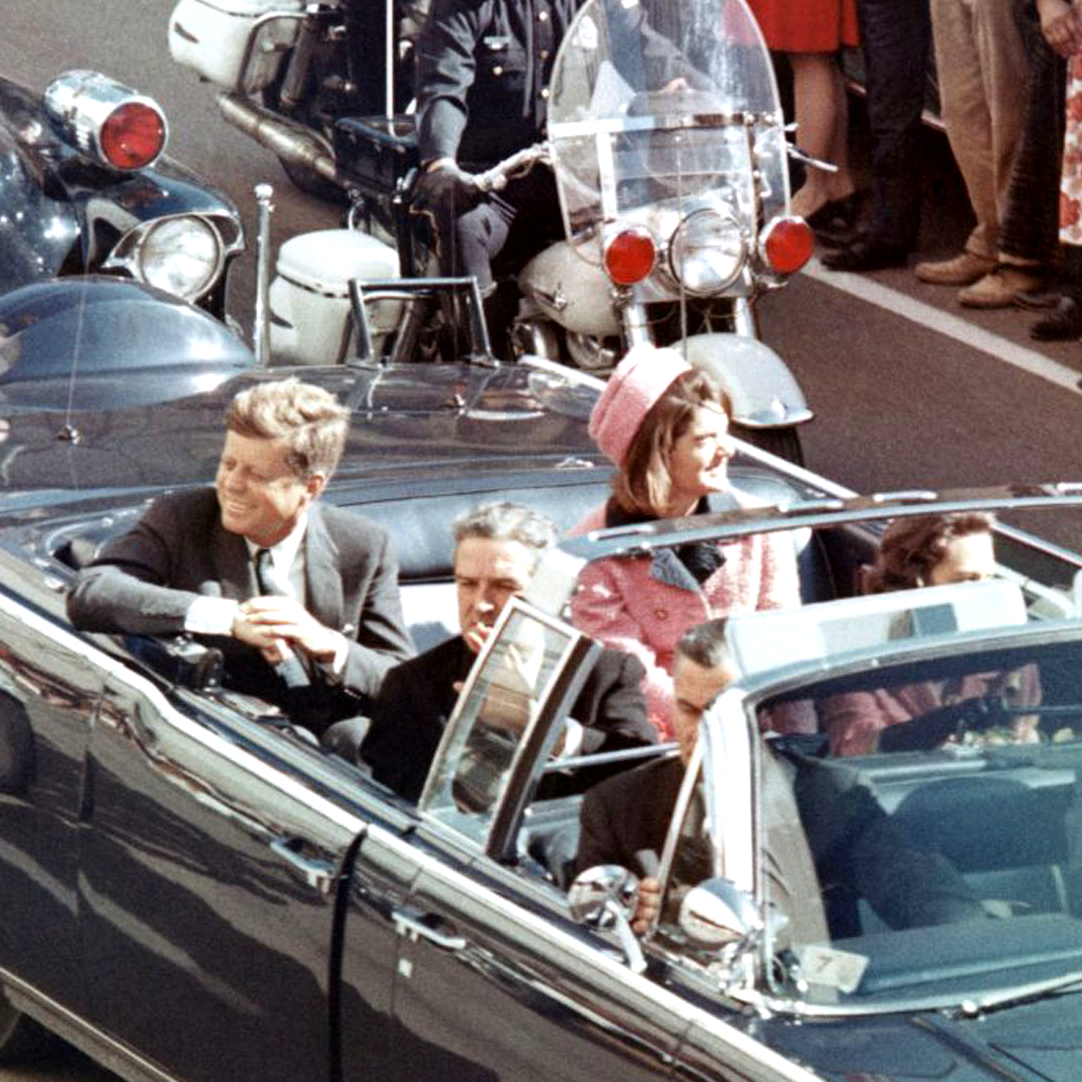 24/7 Wall St.
24/7 Wall St.